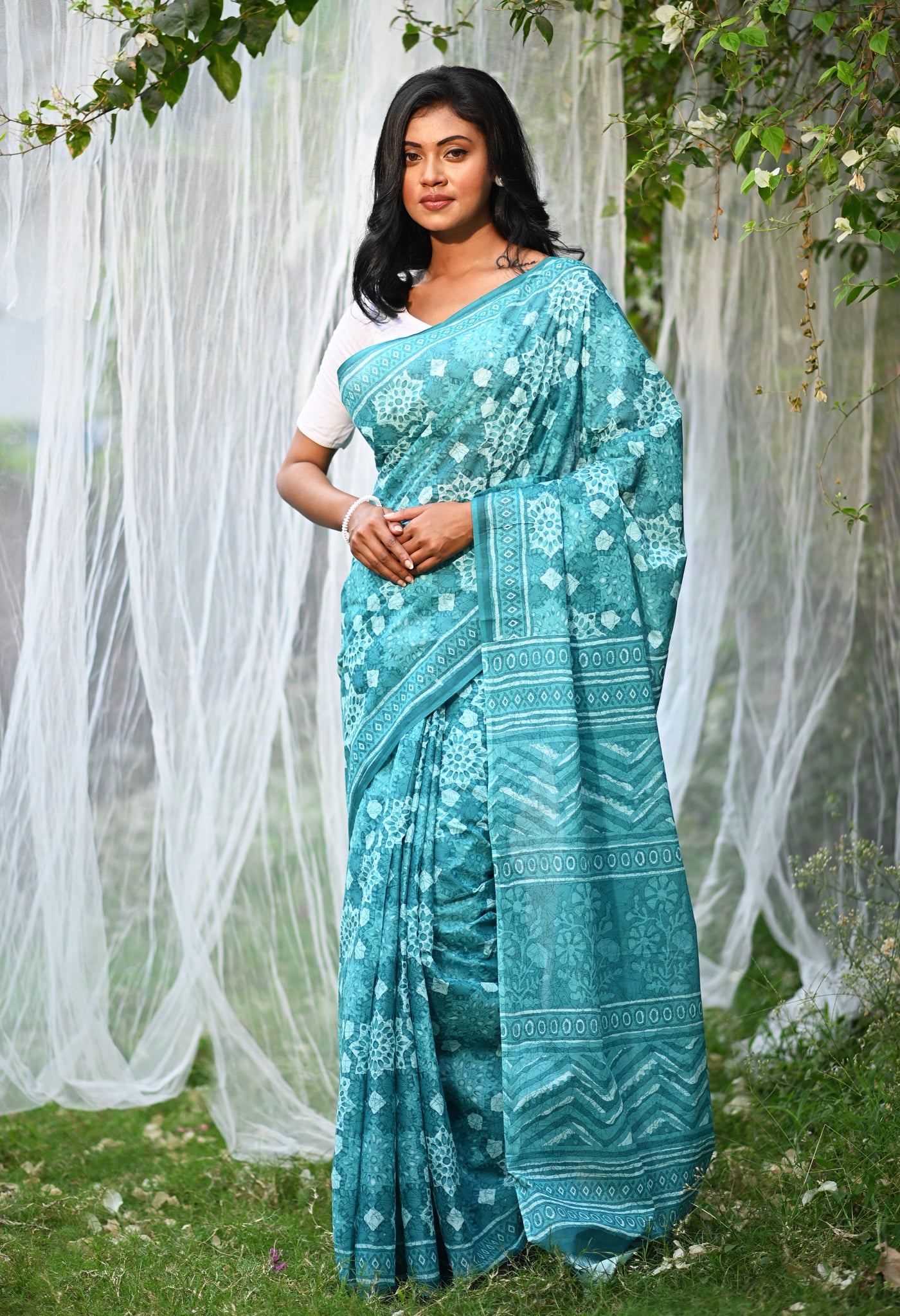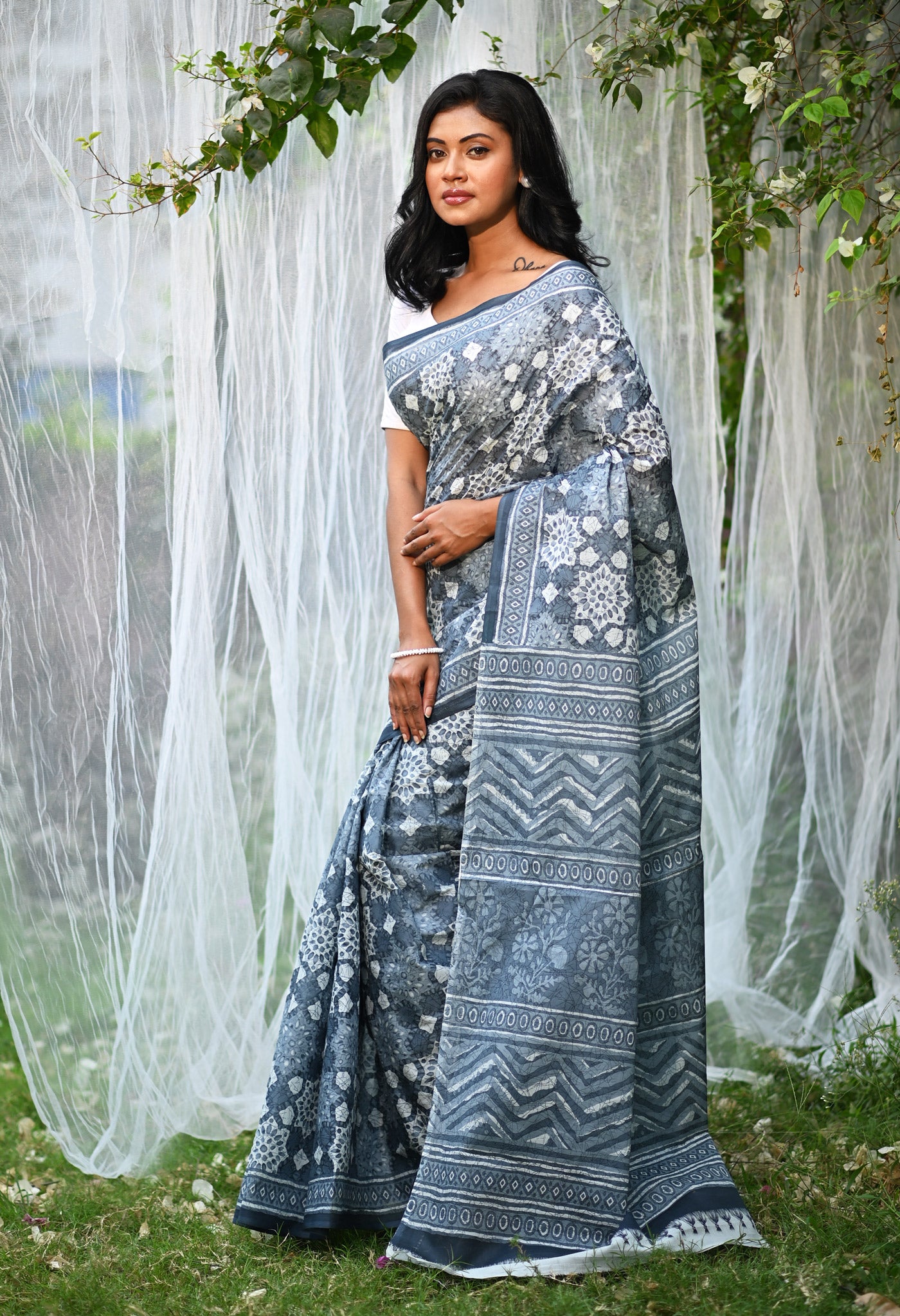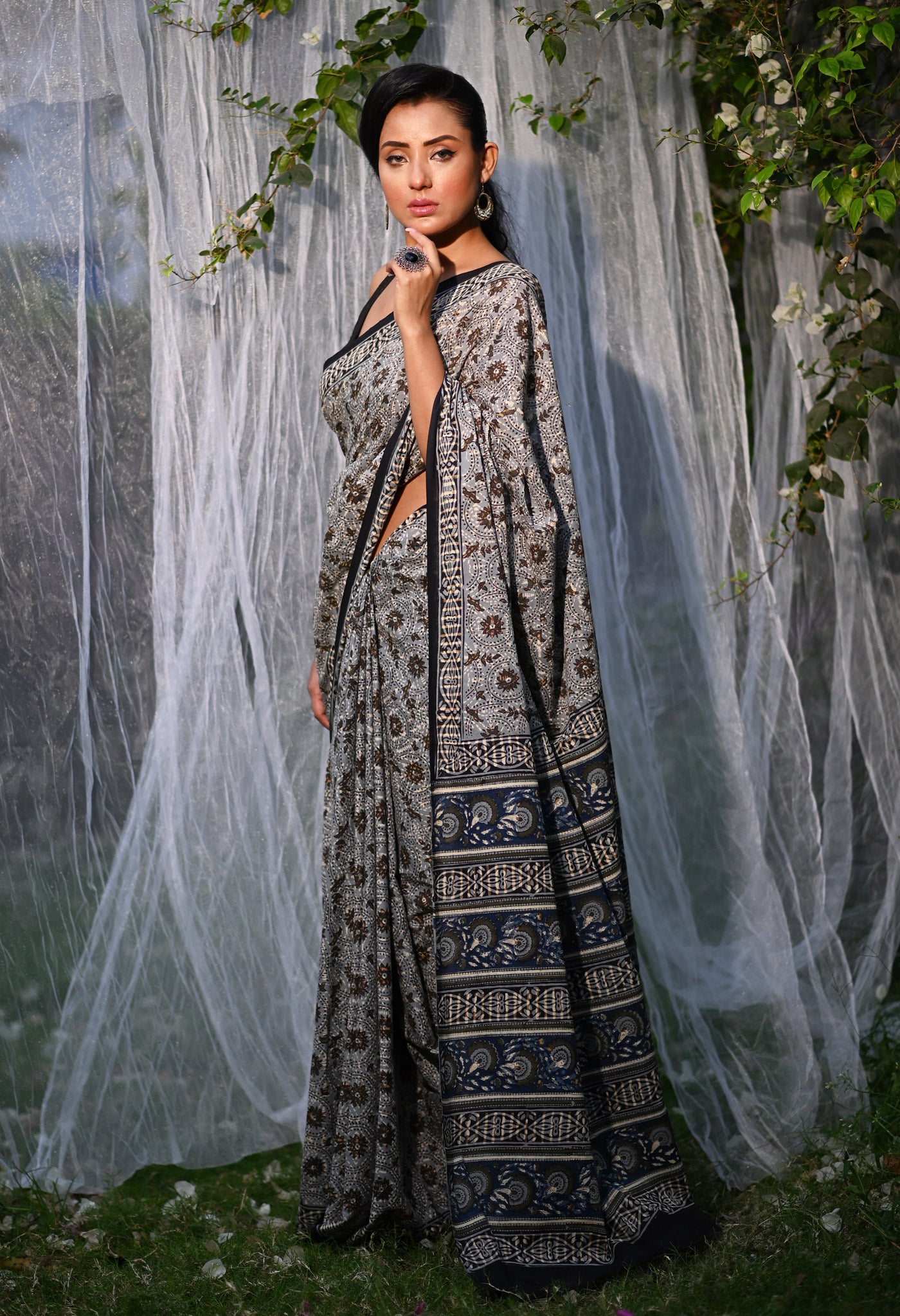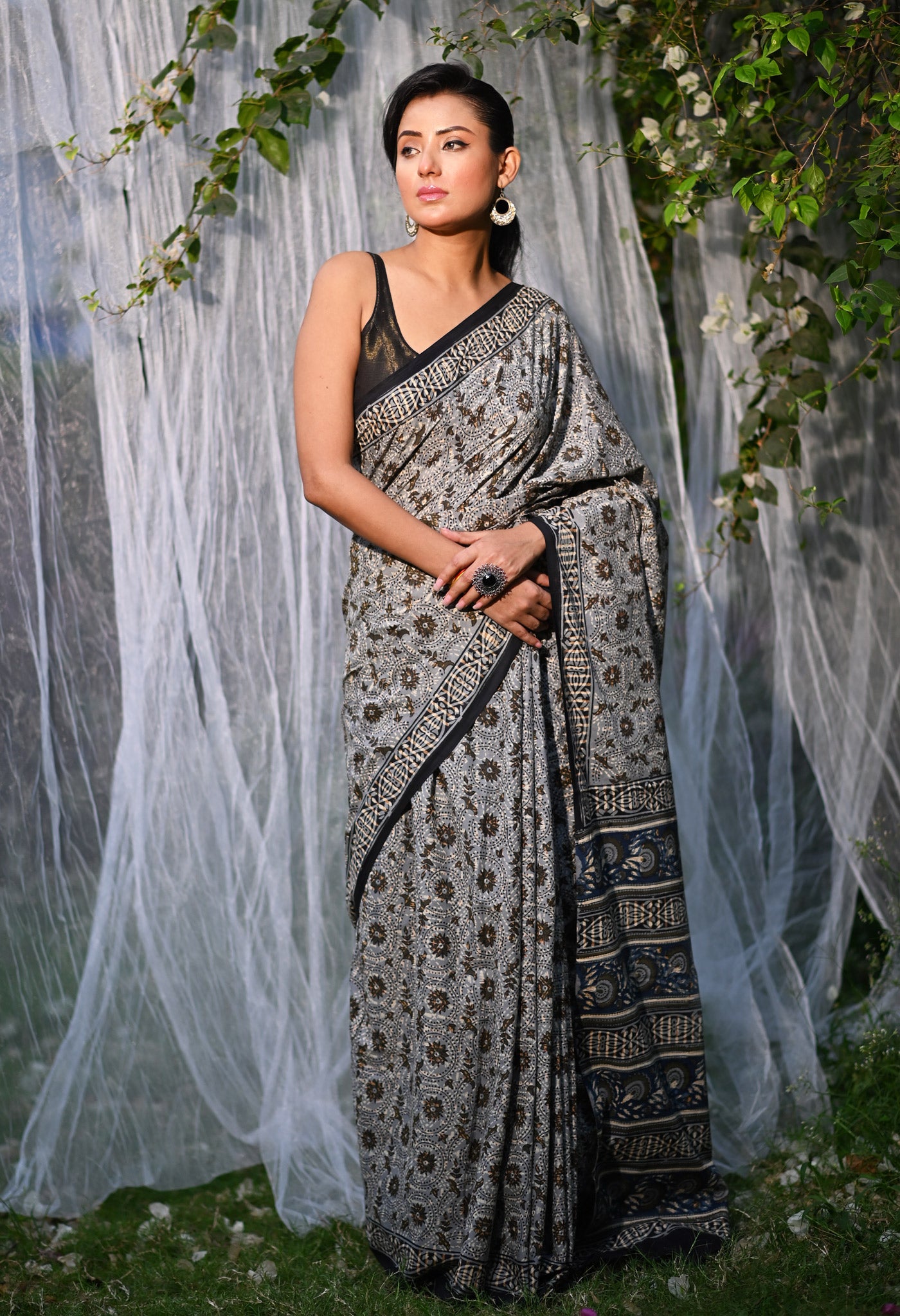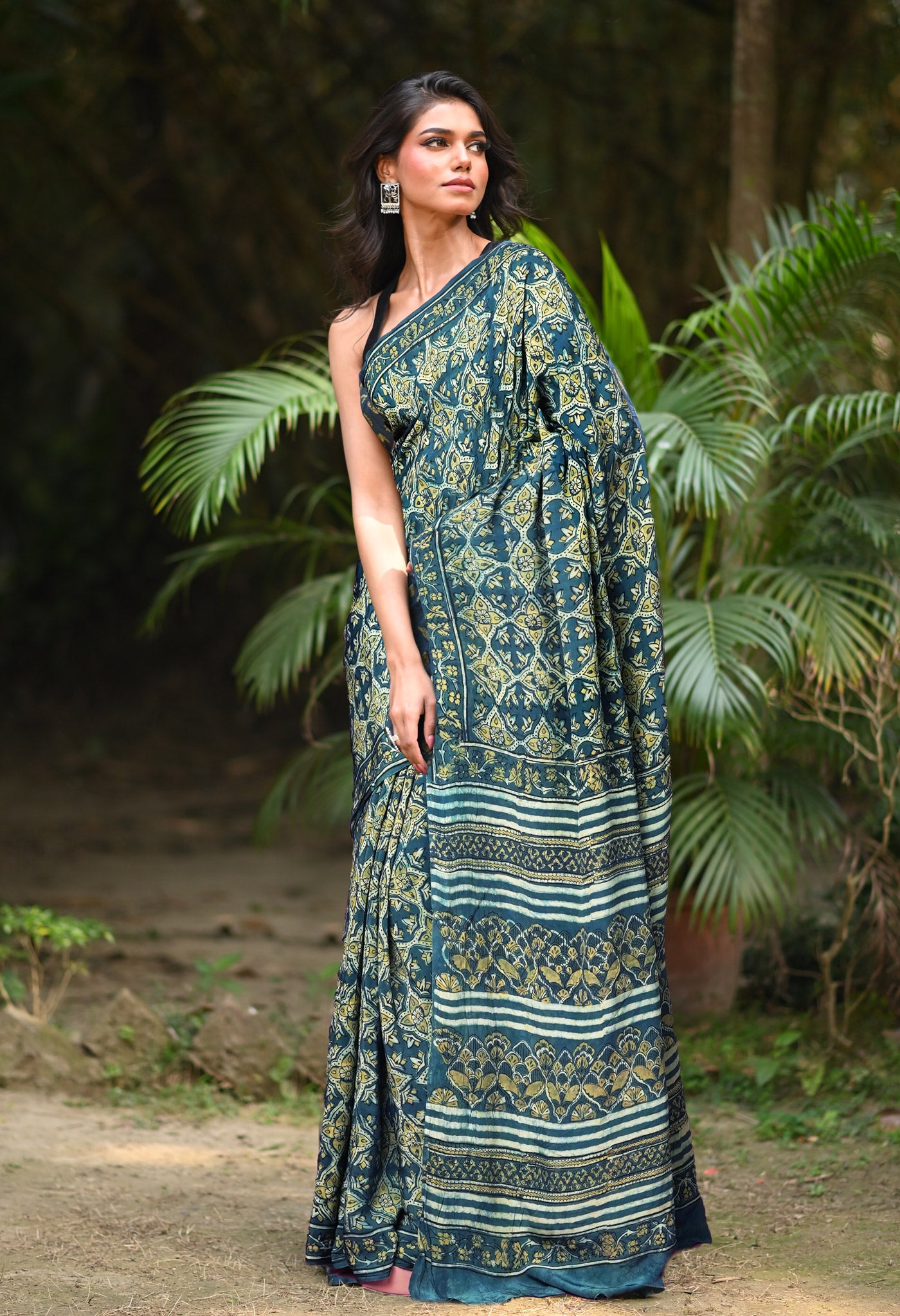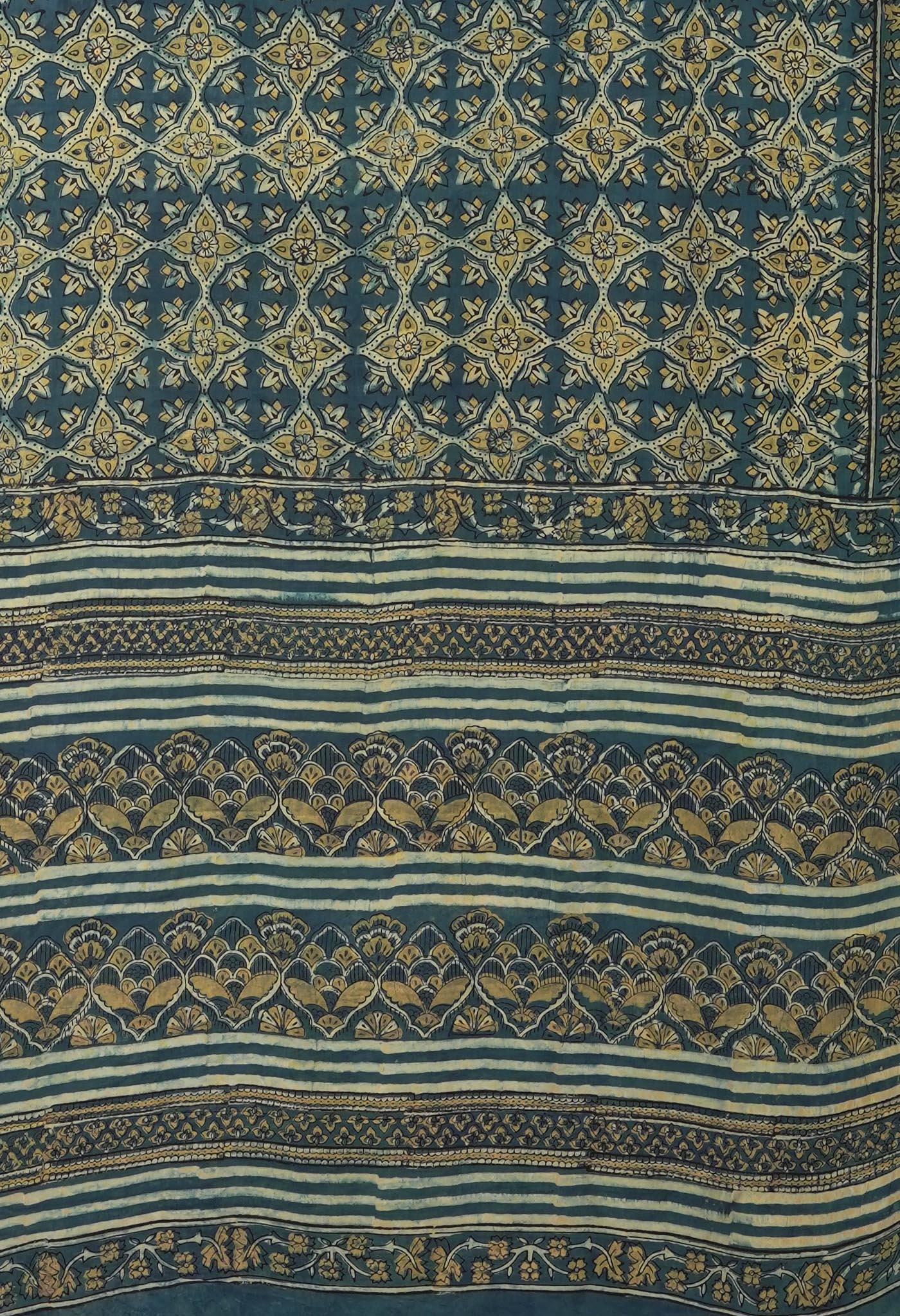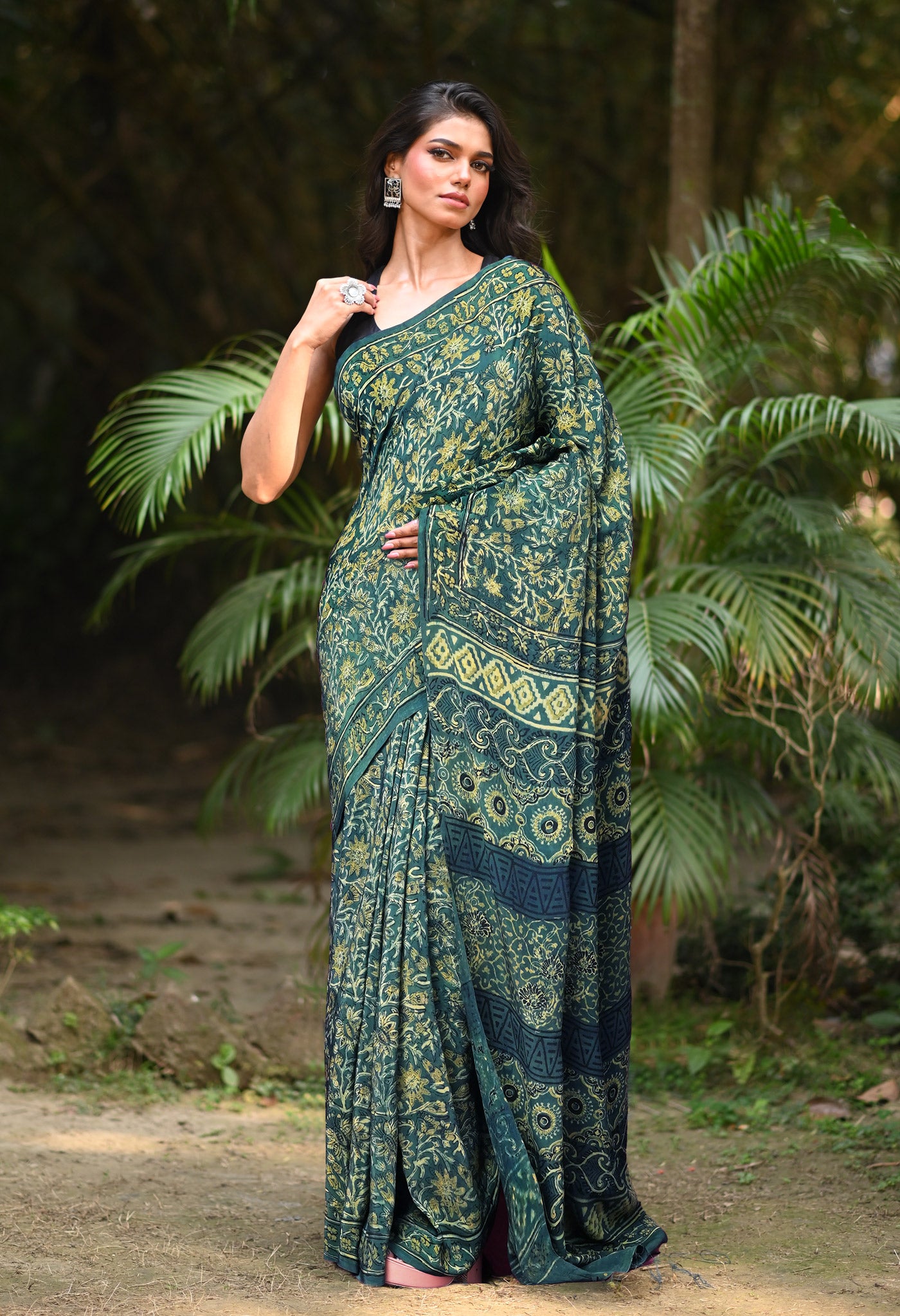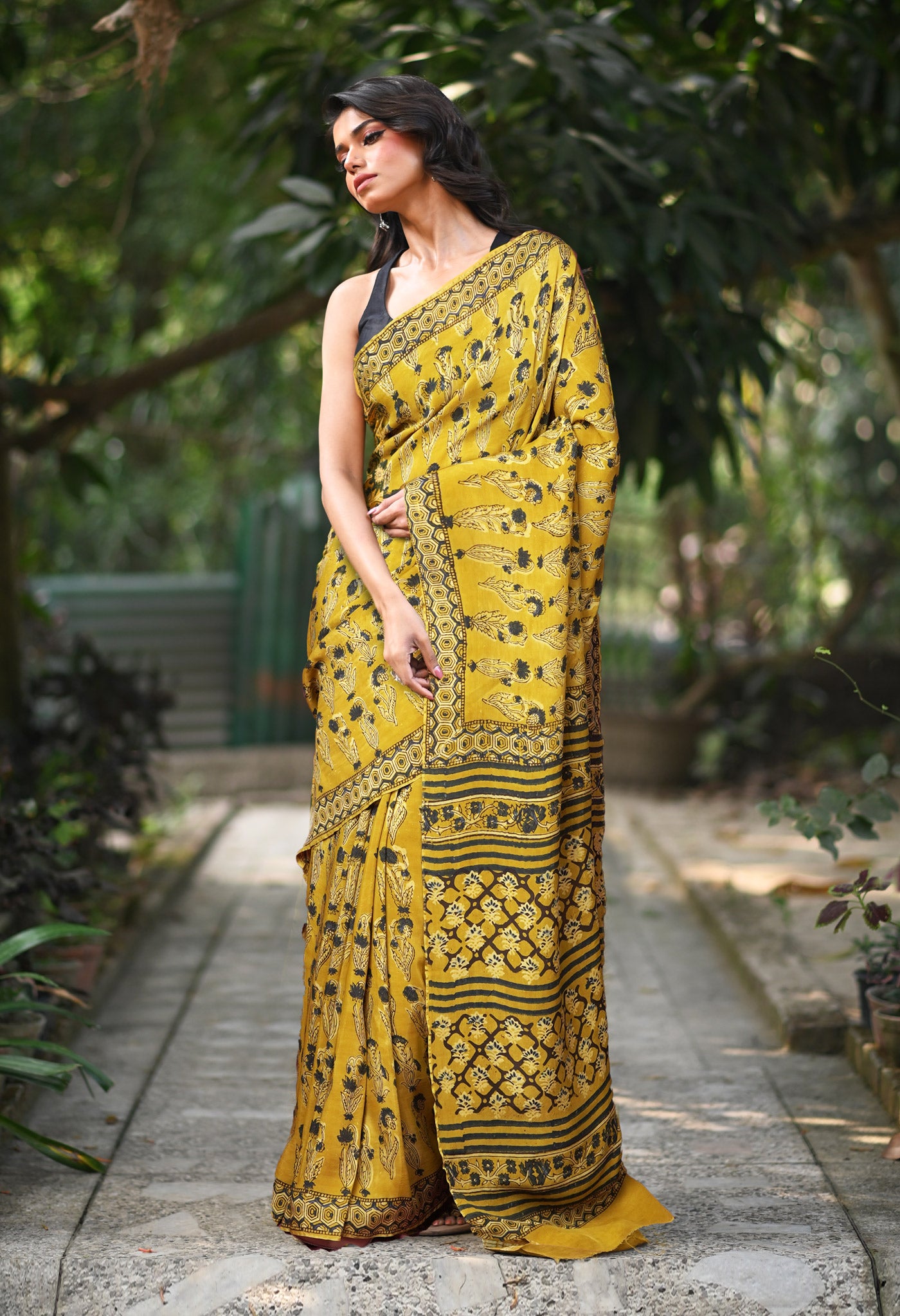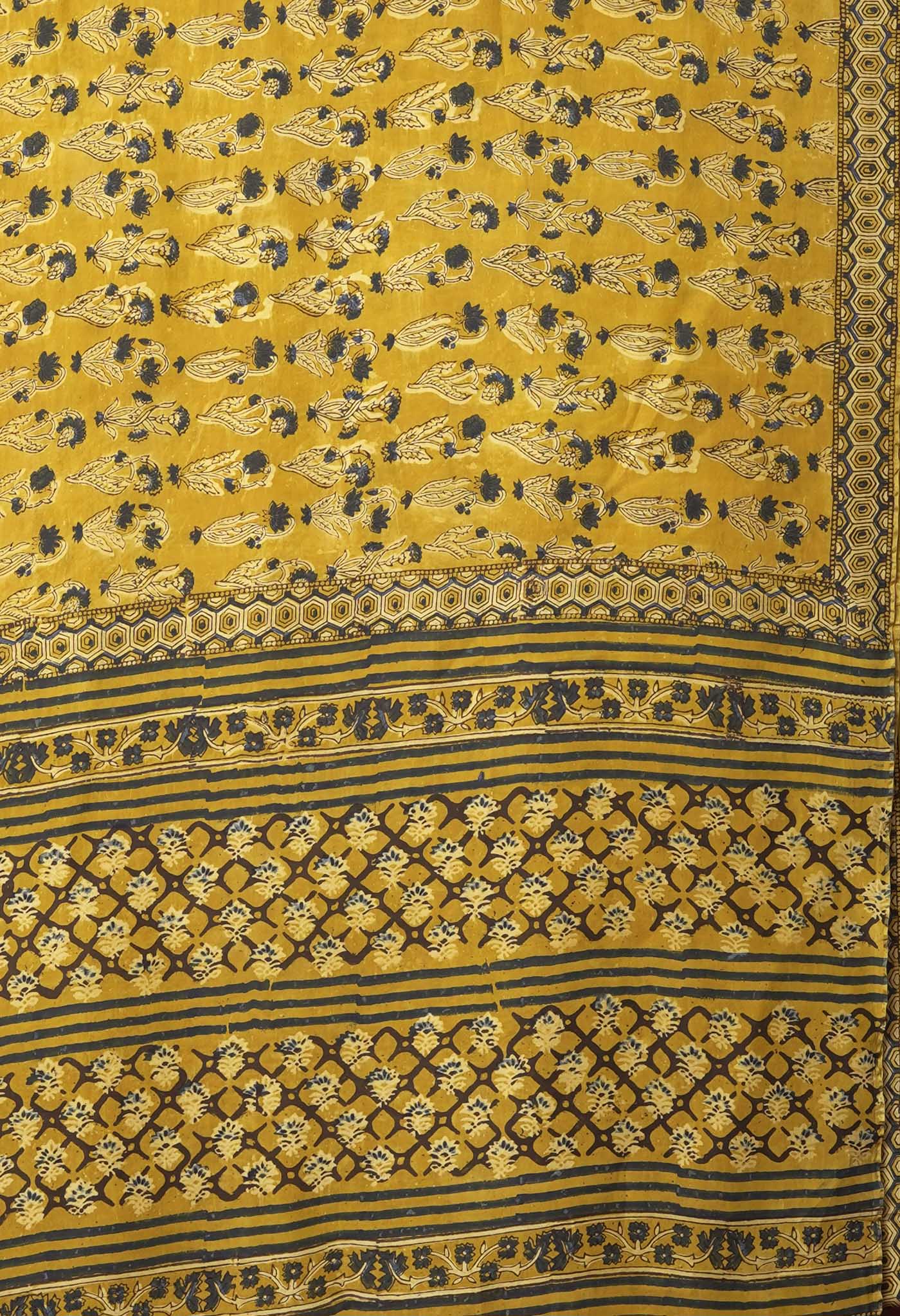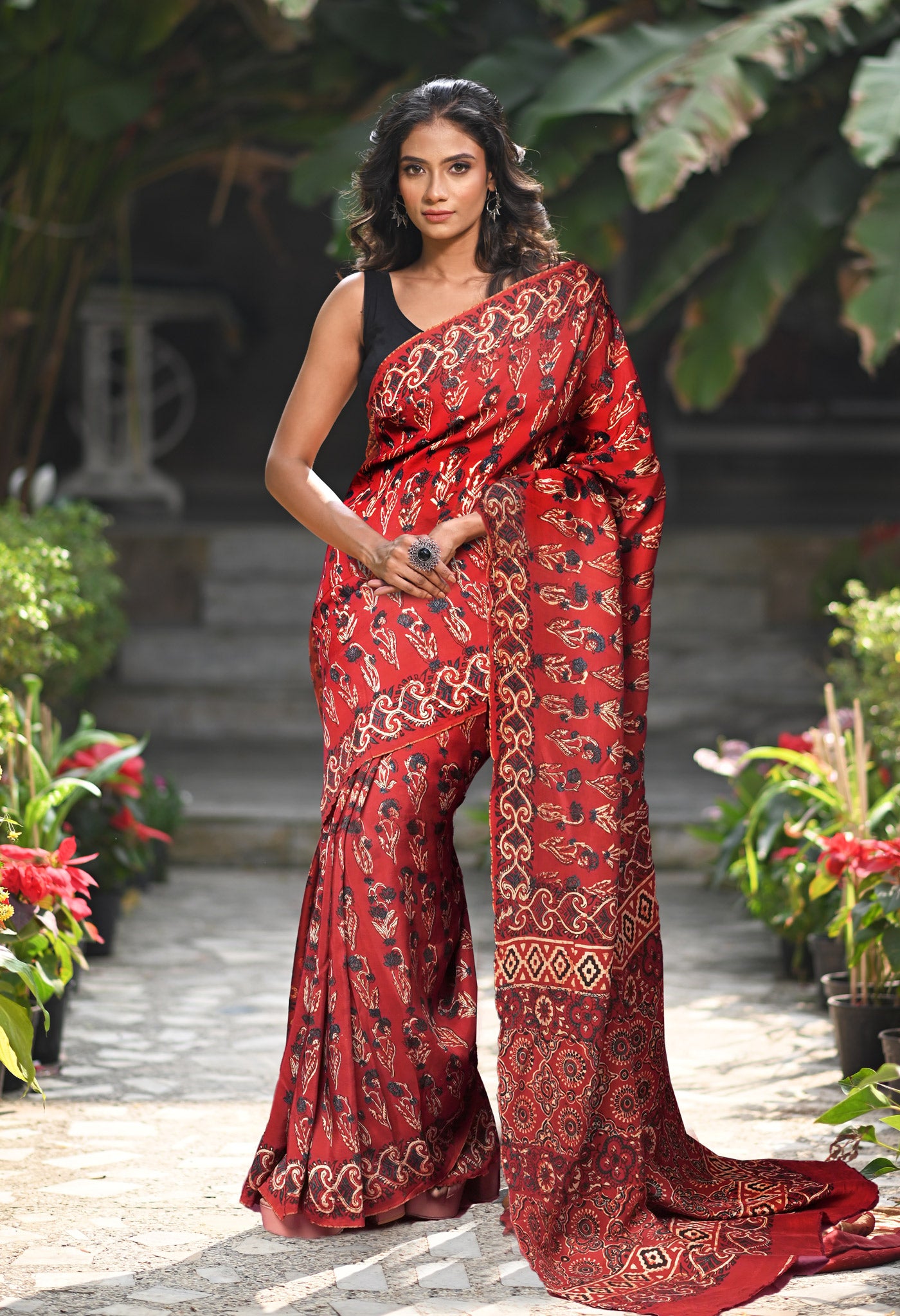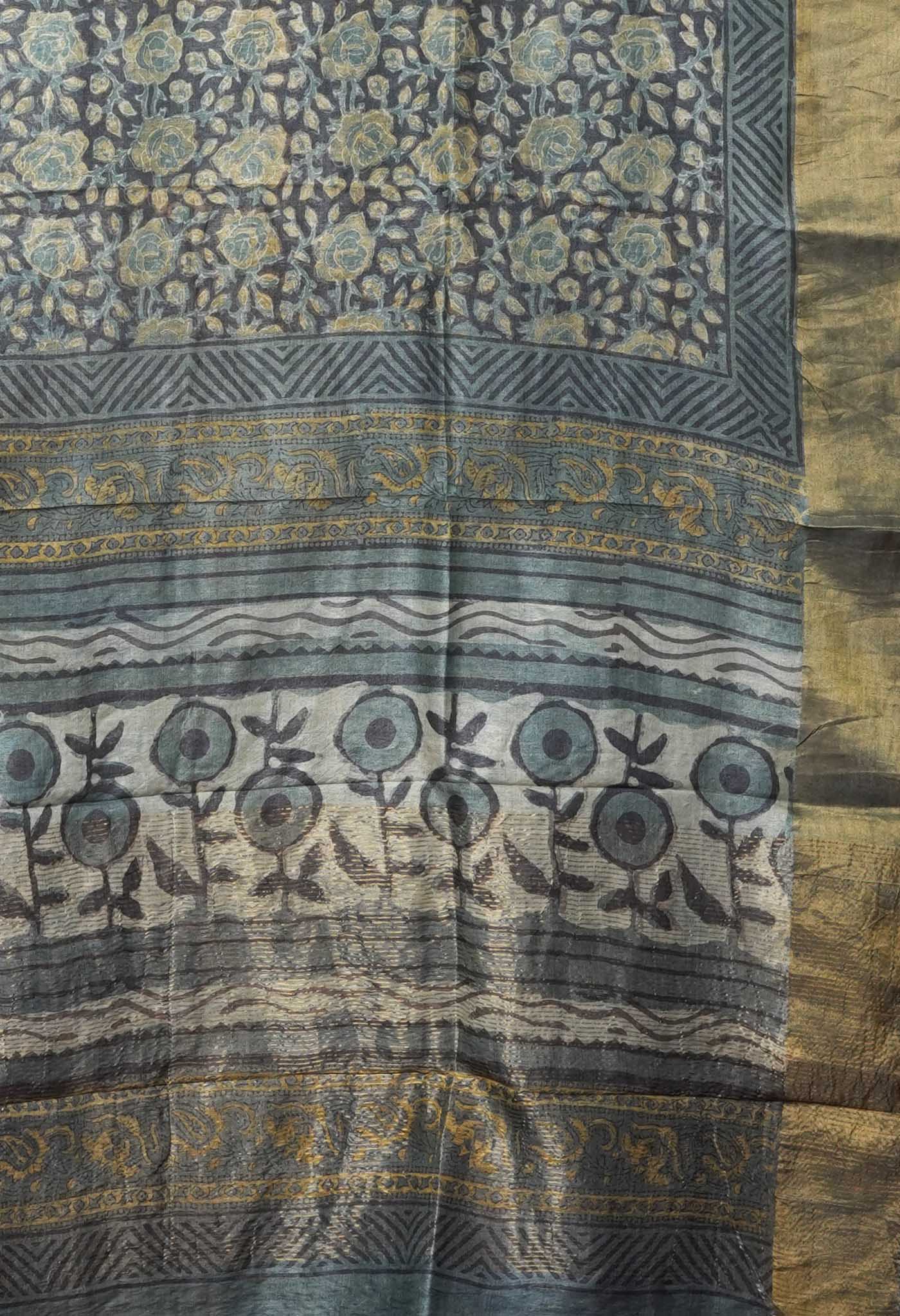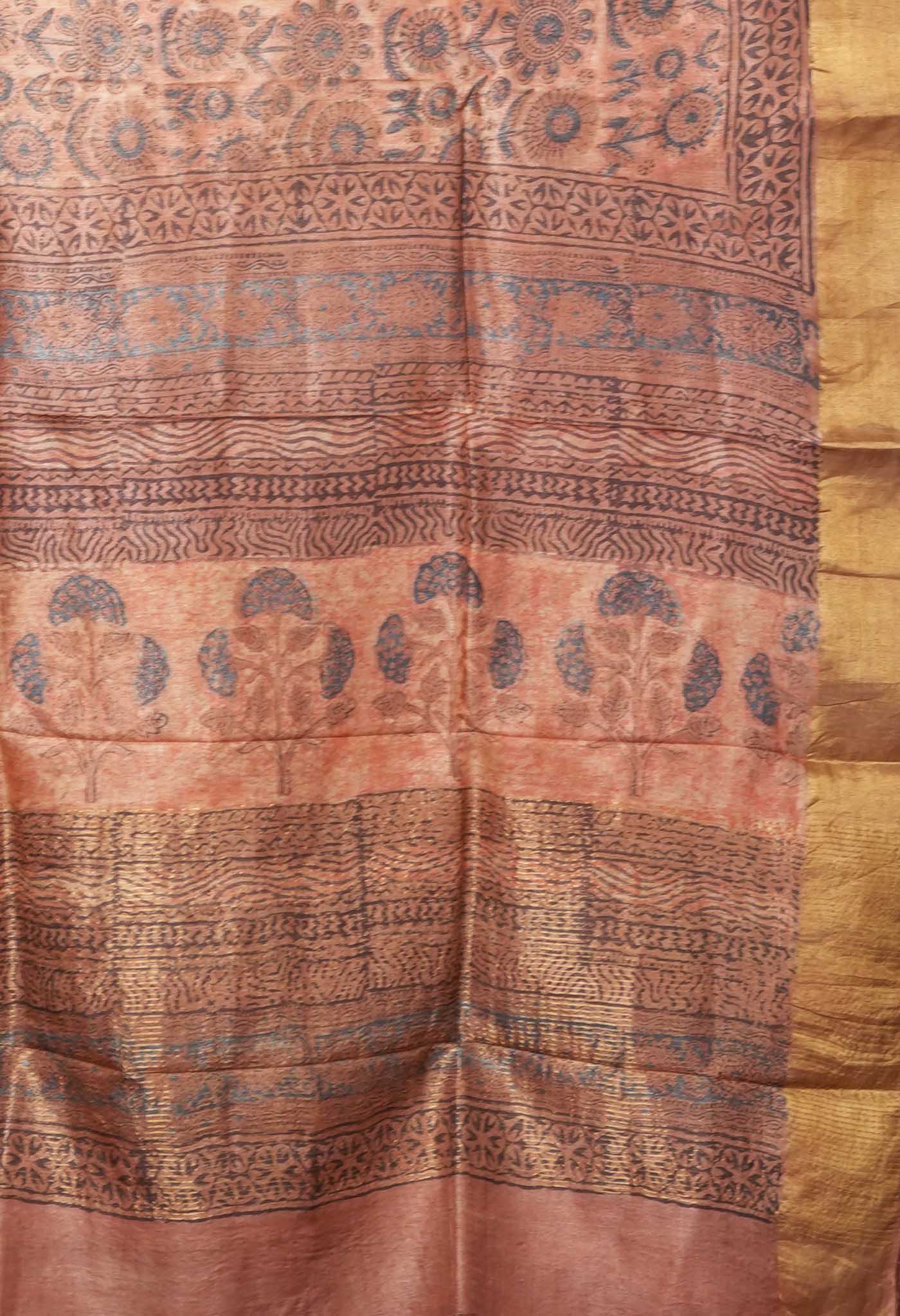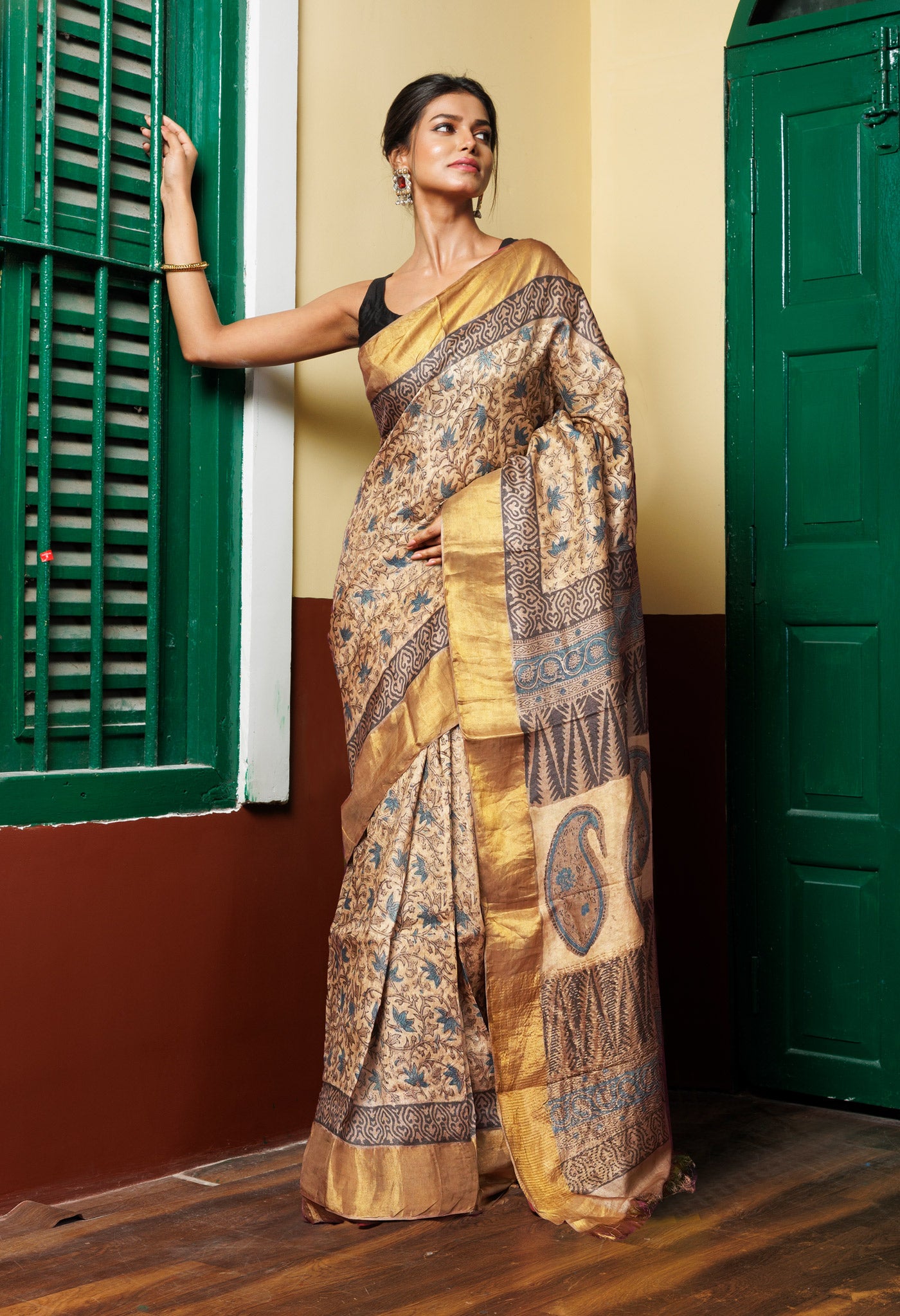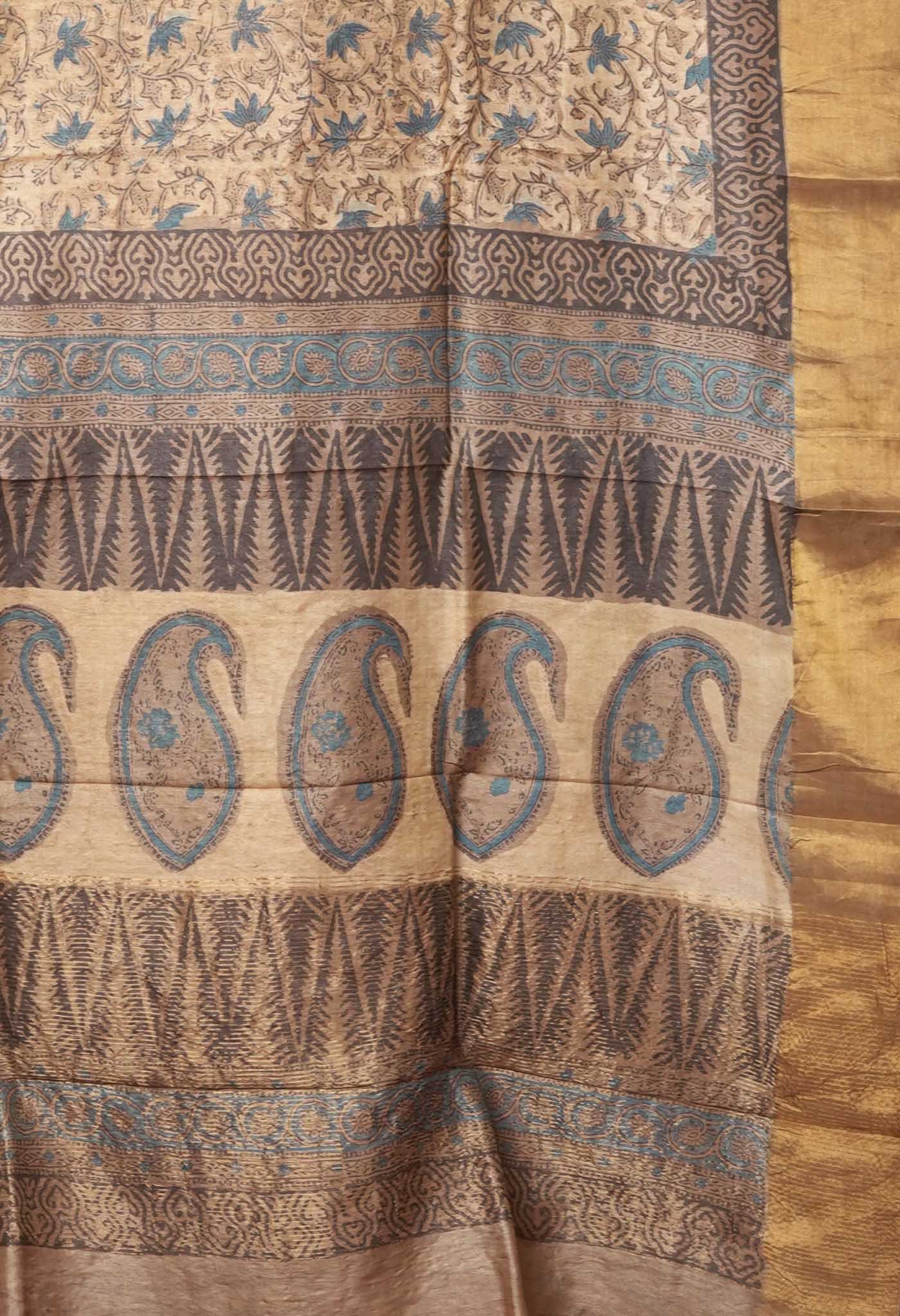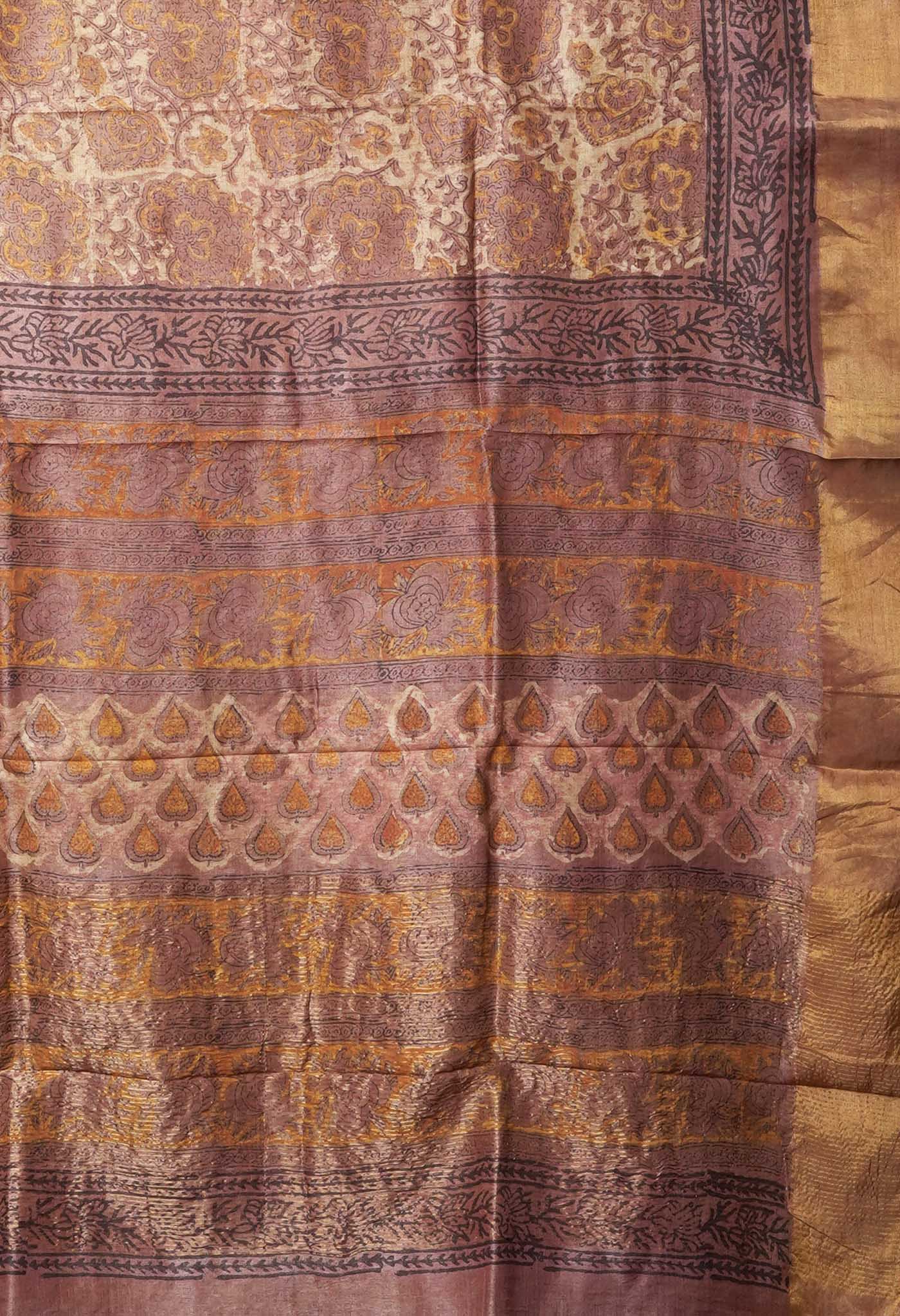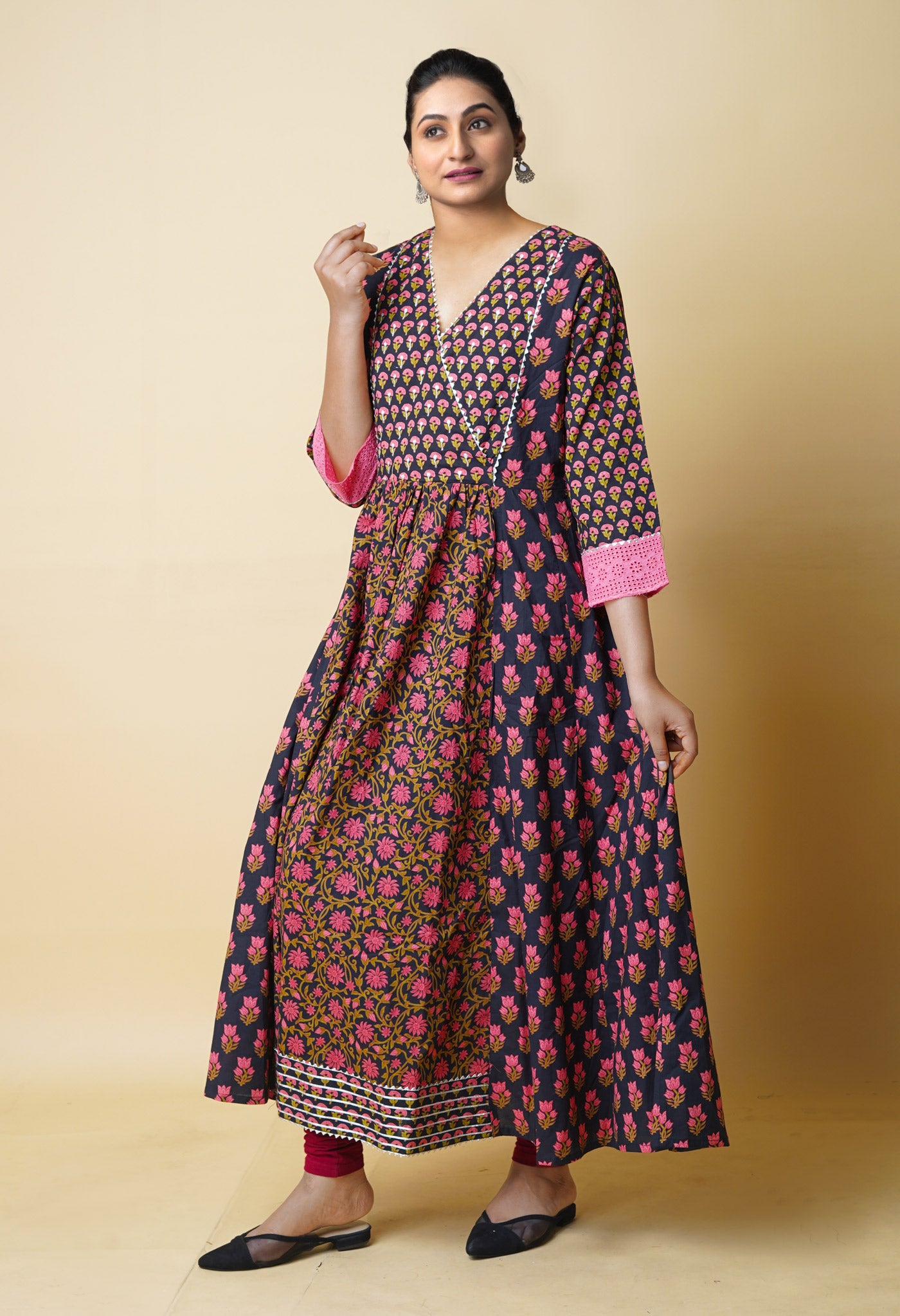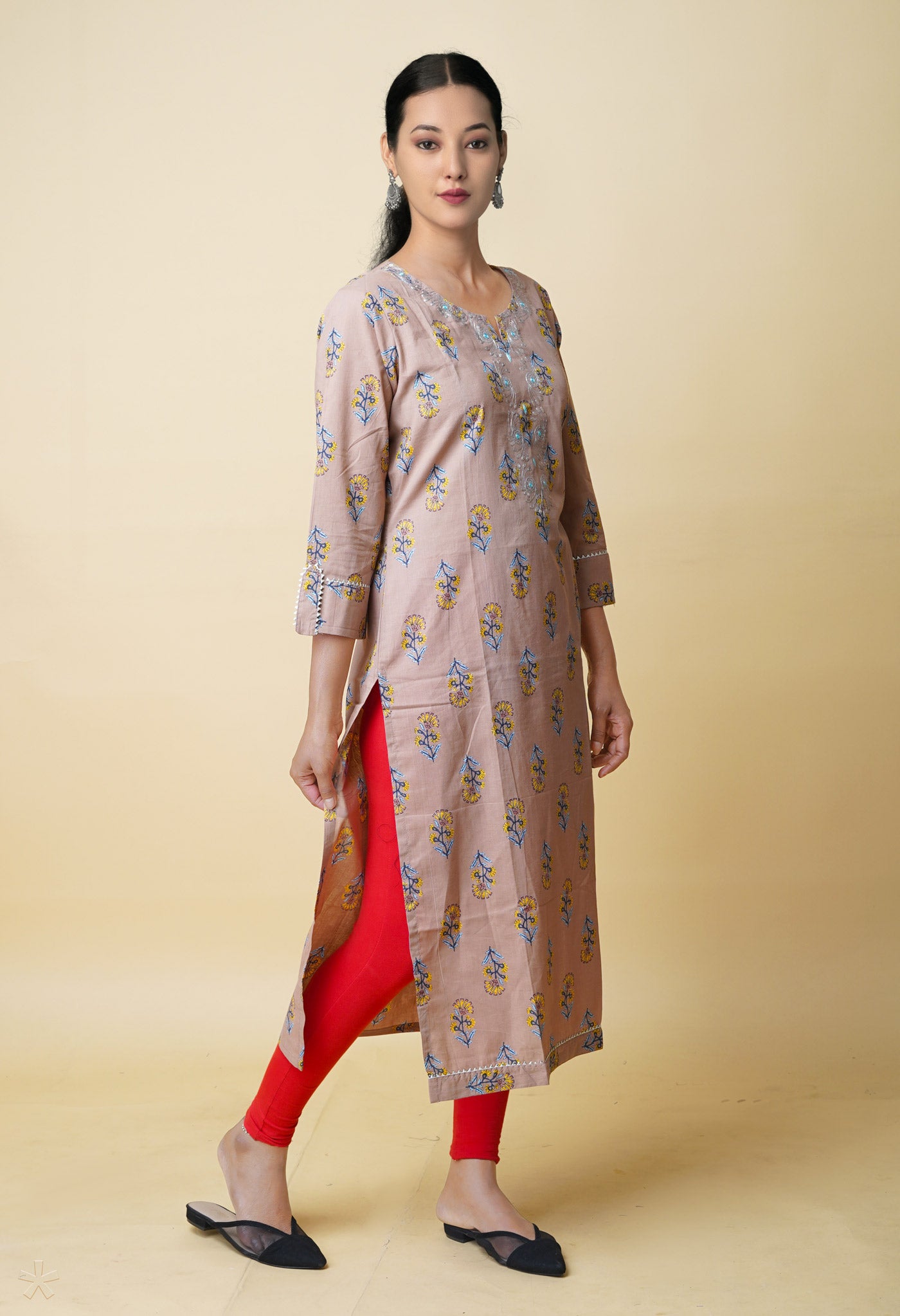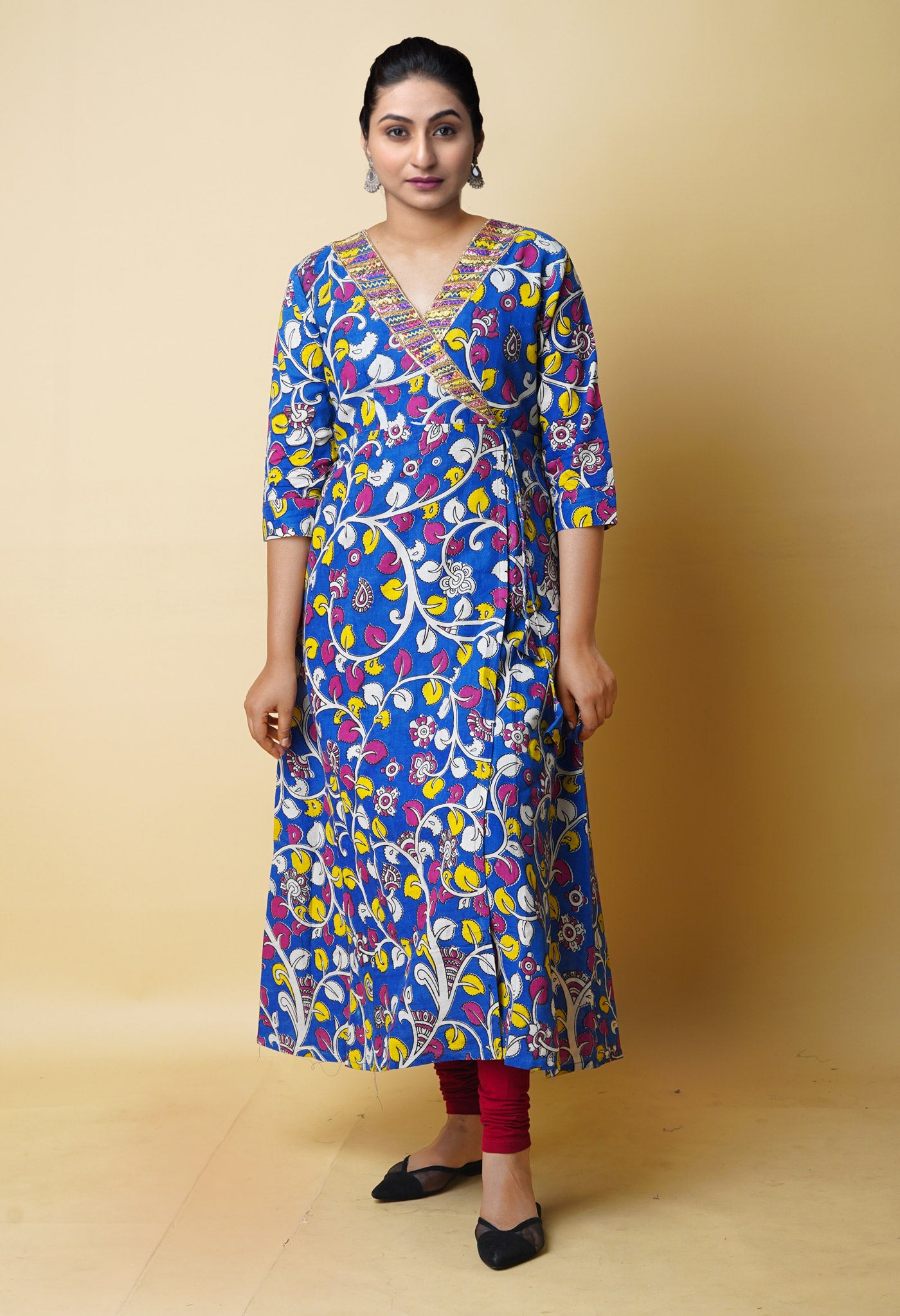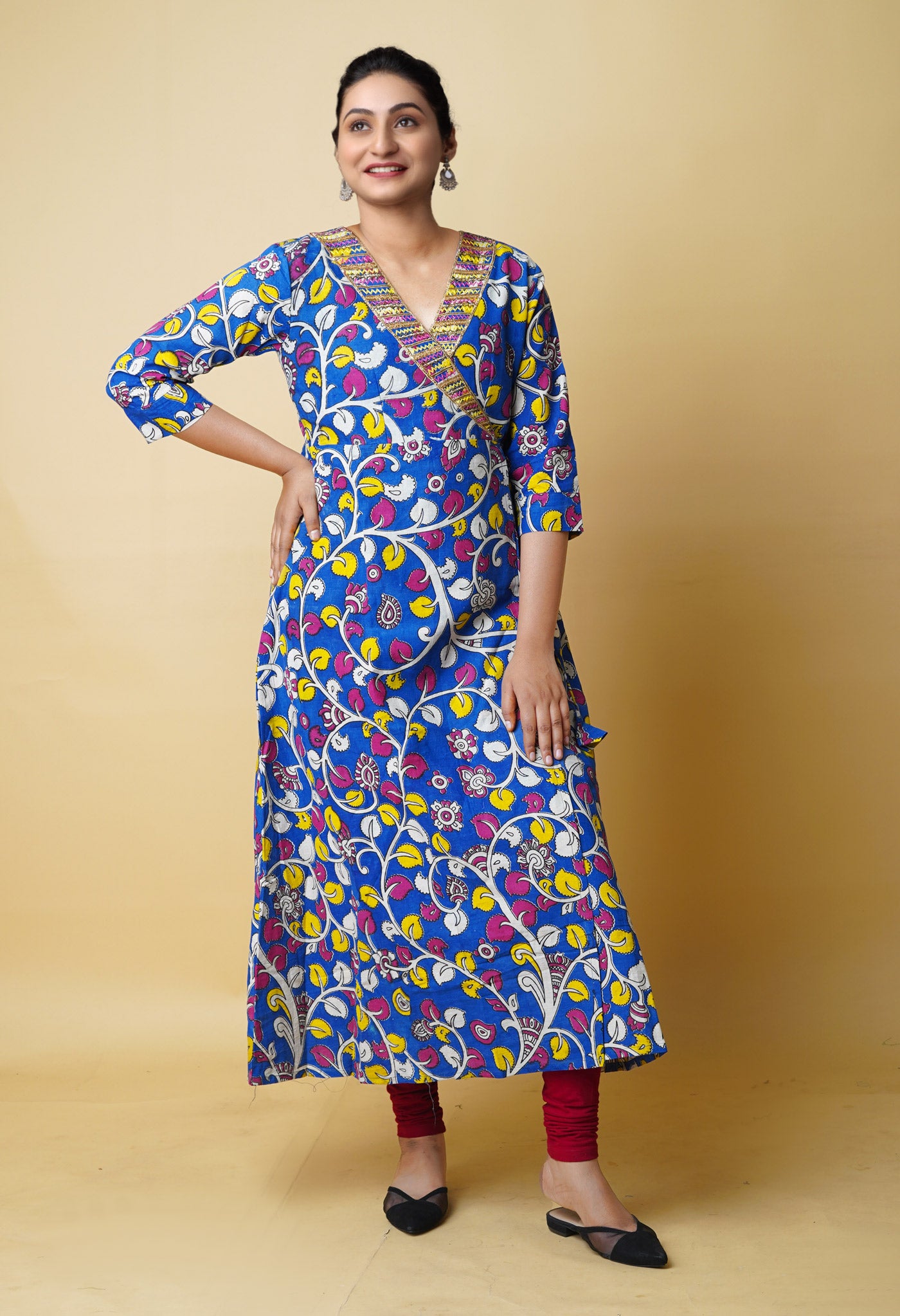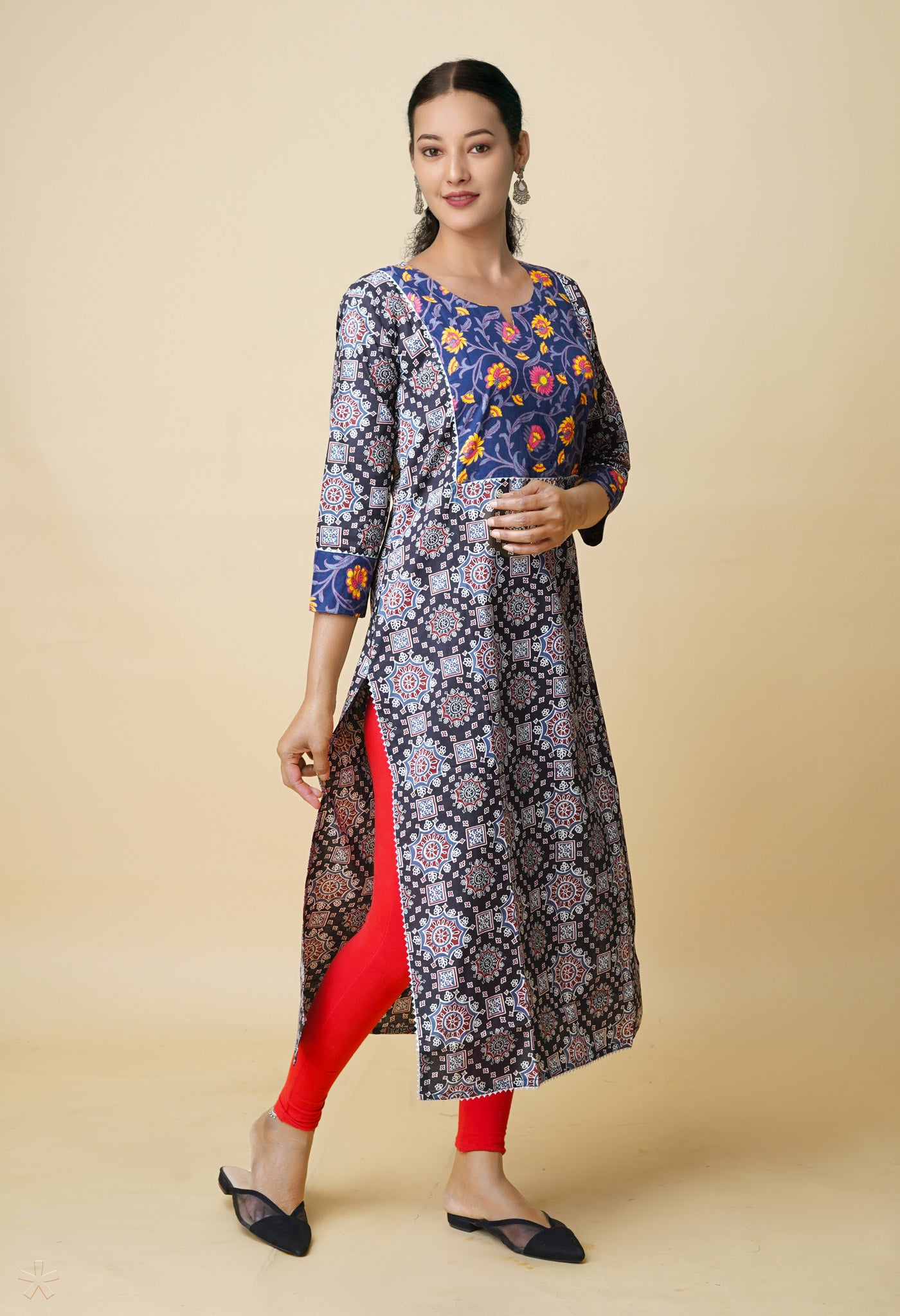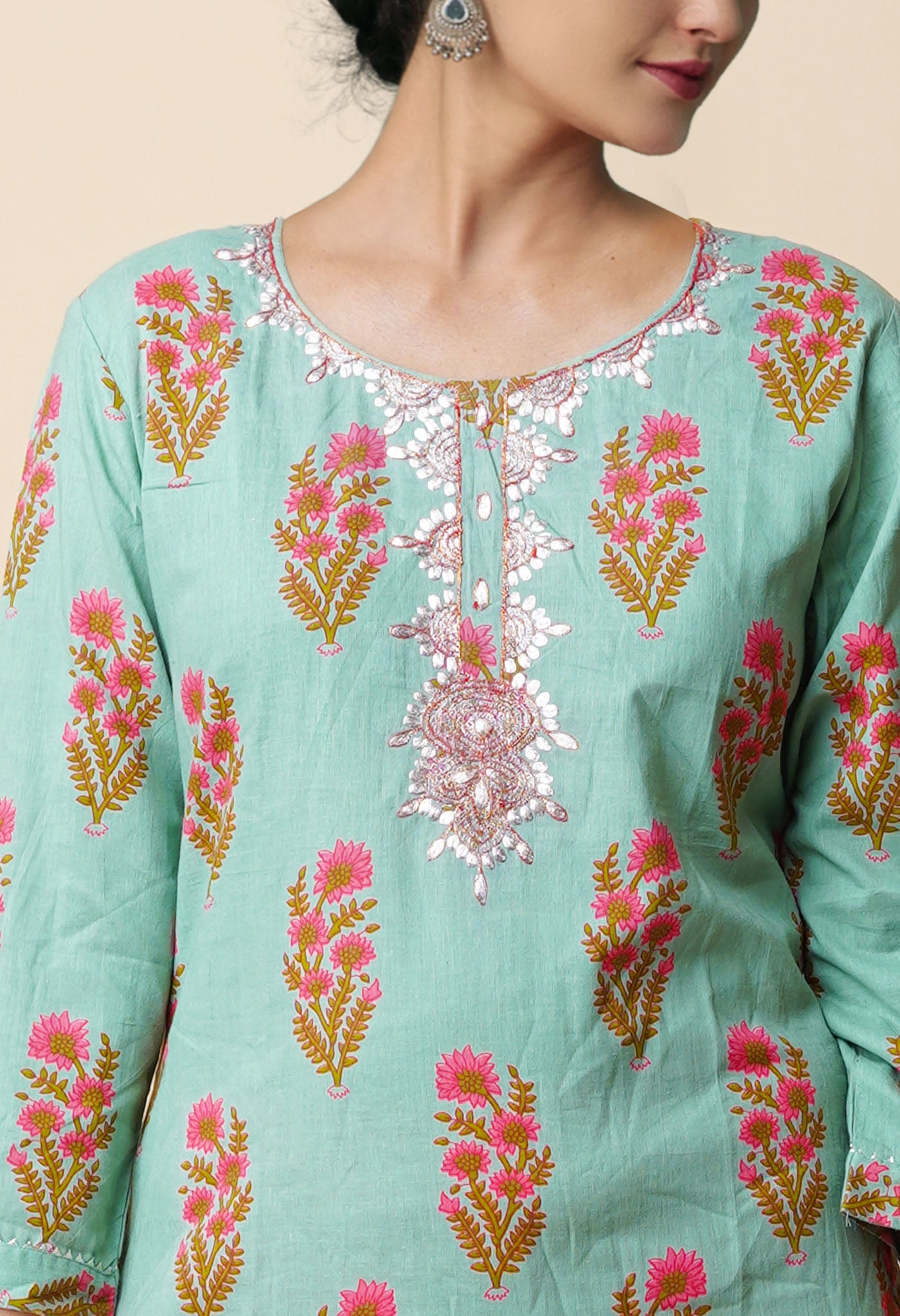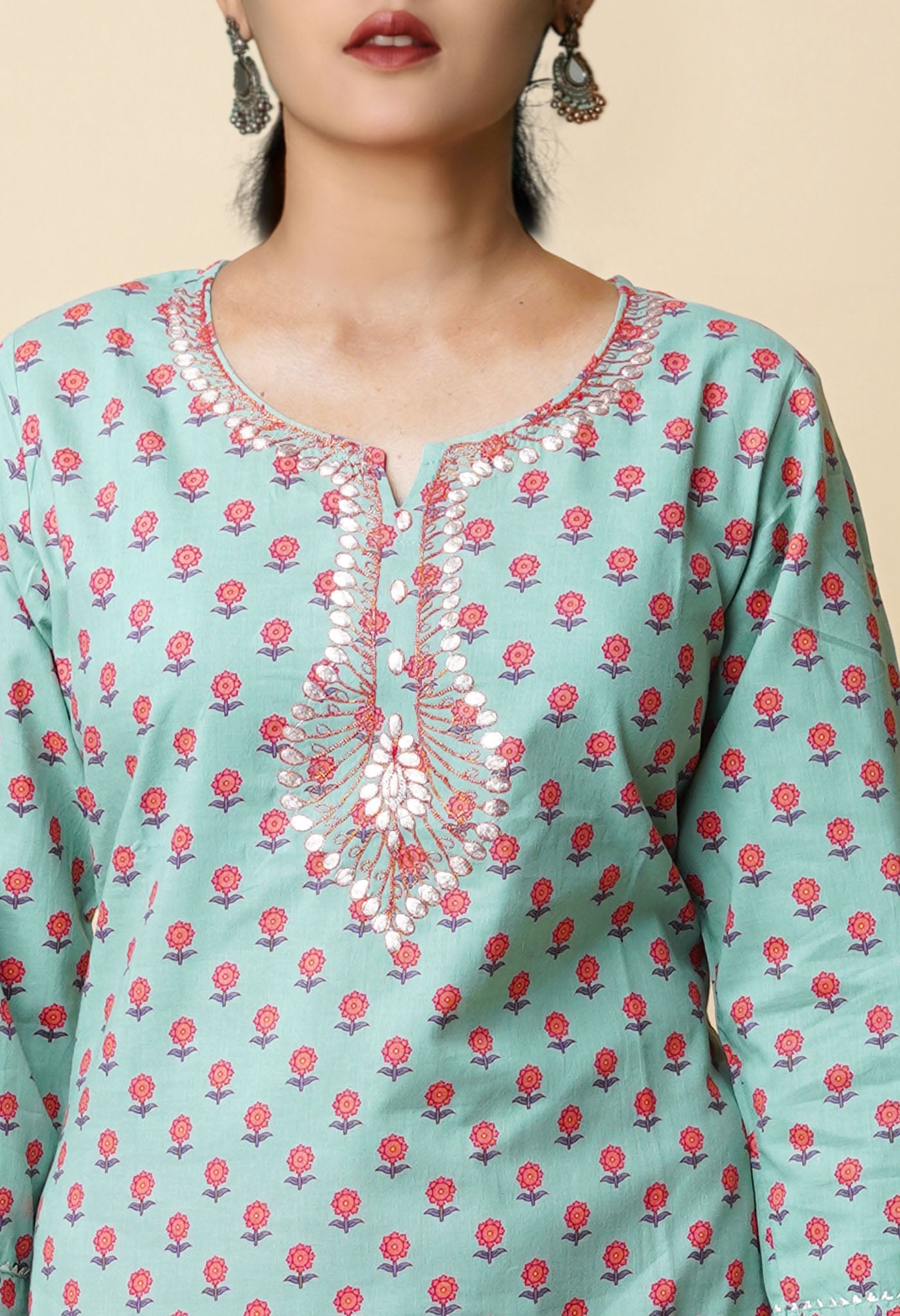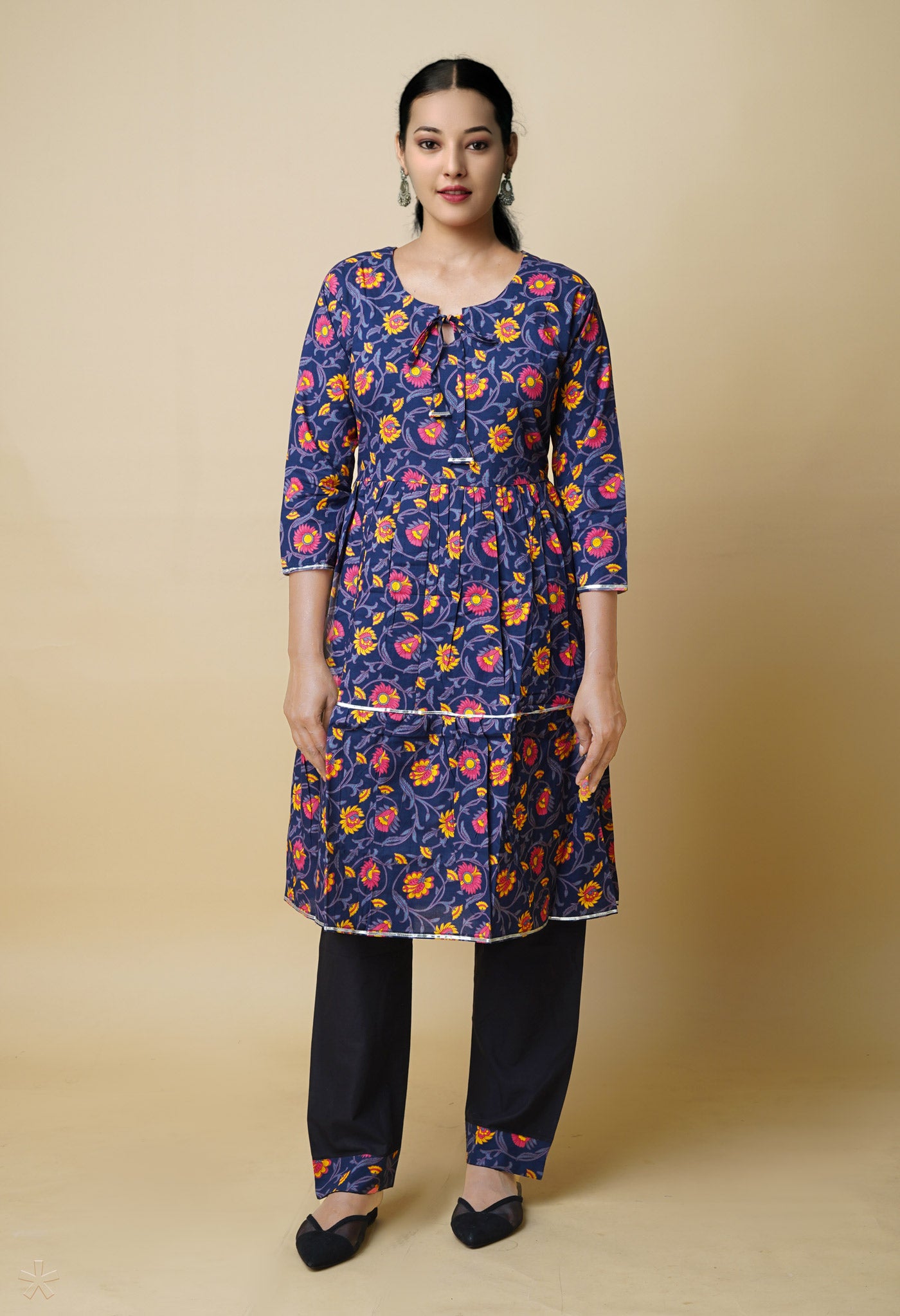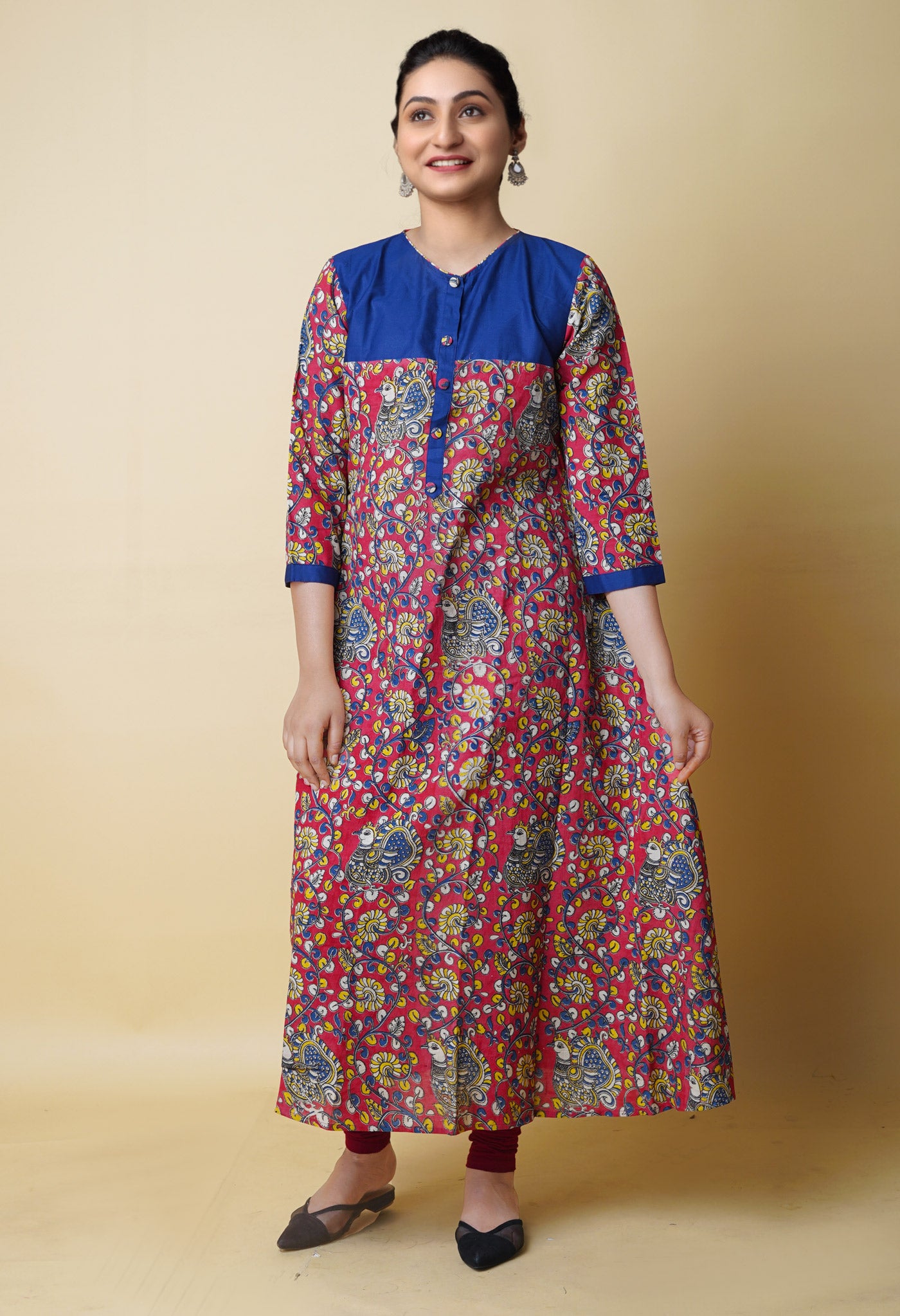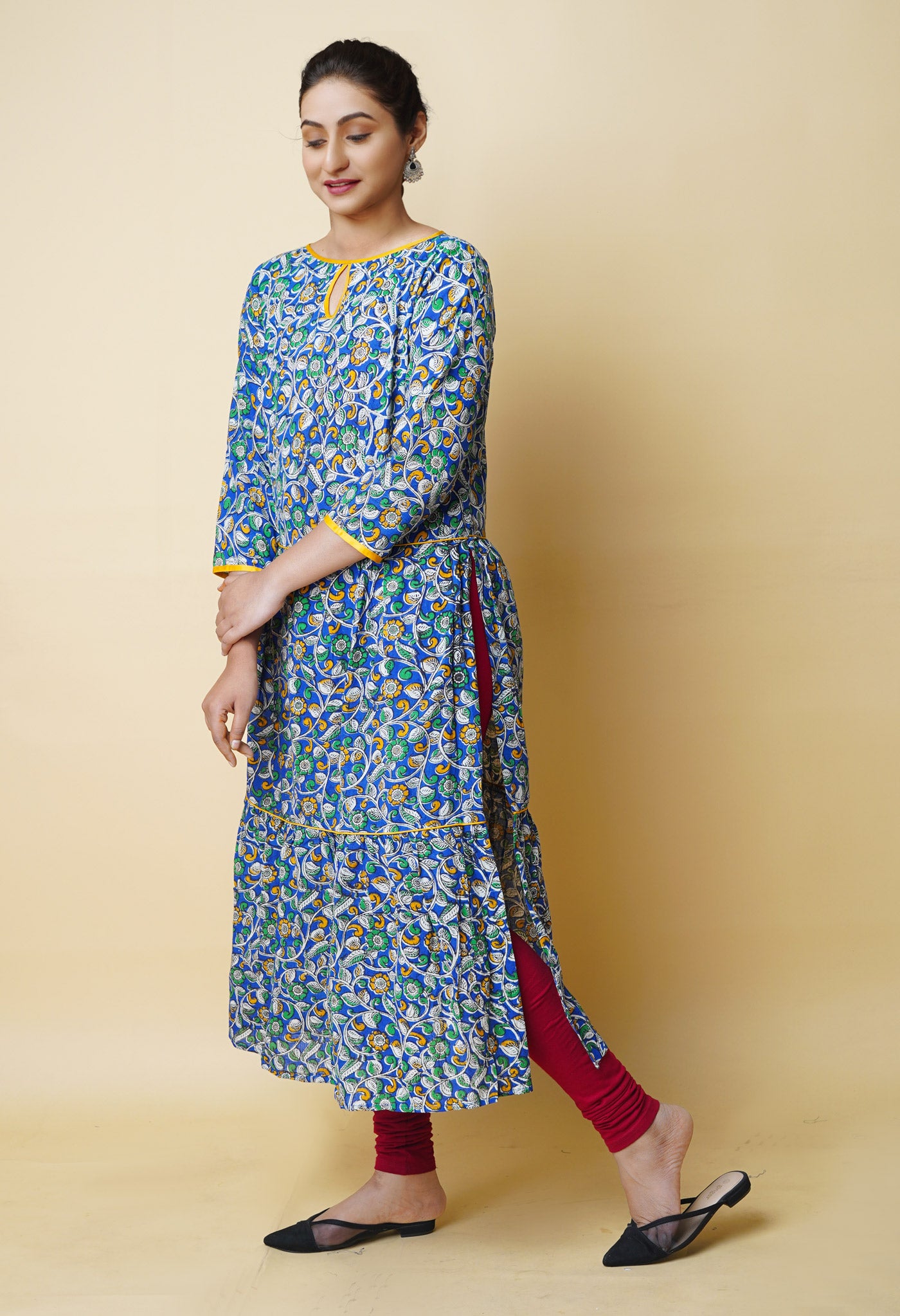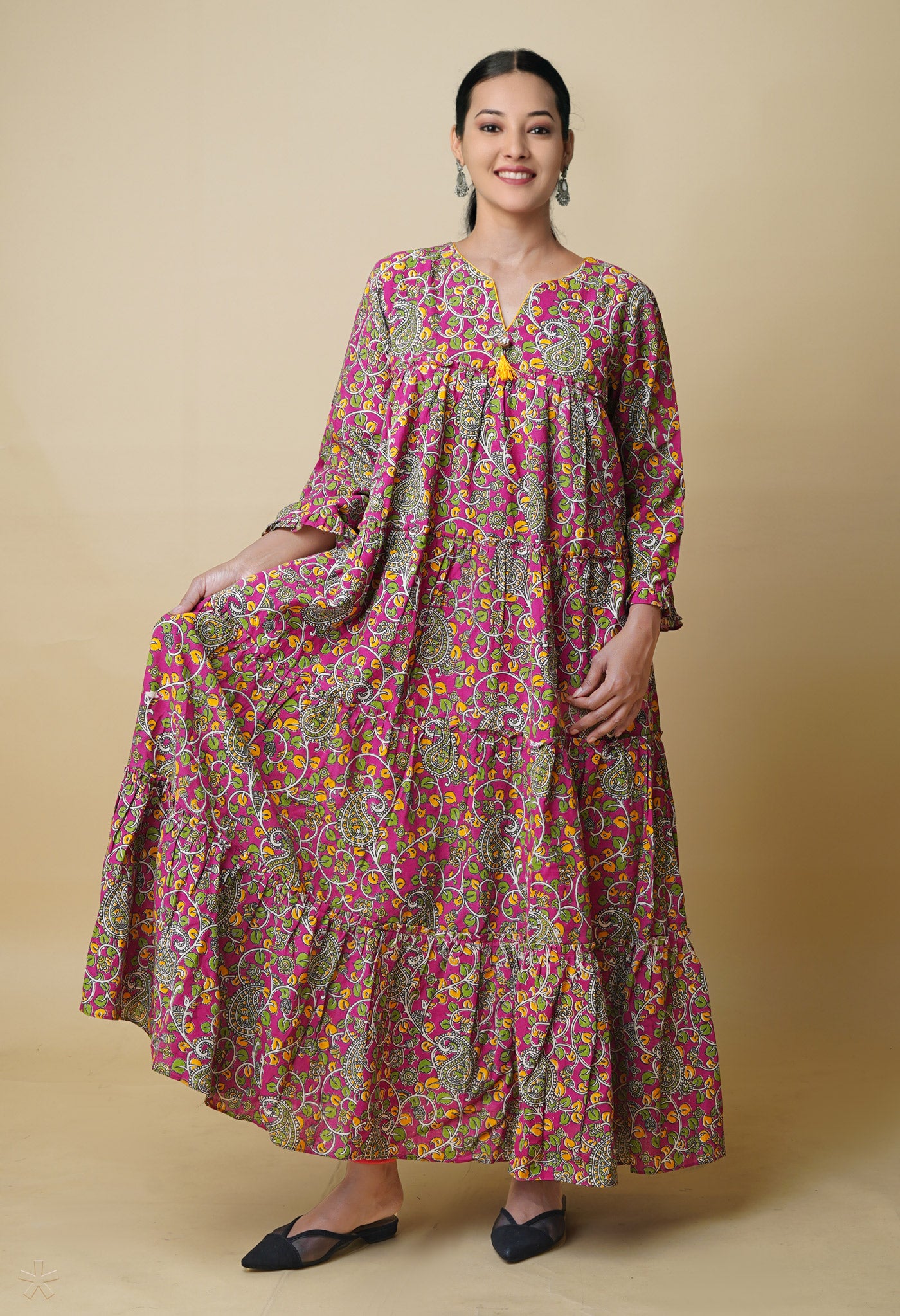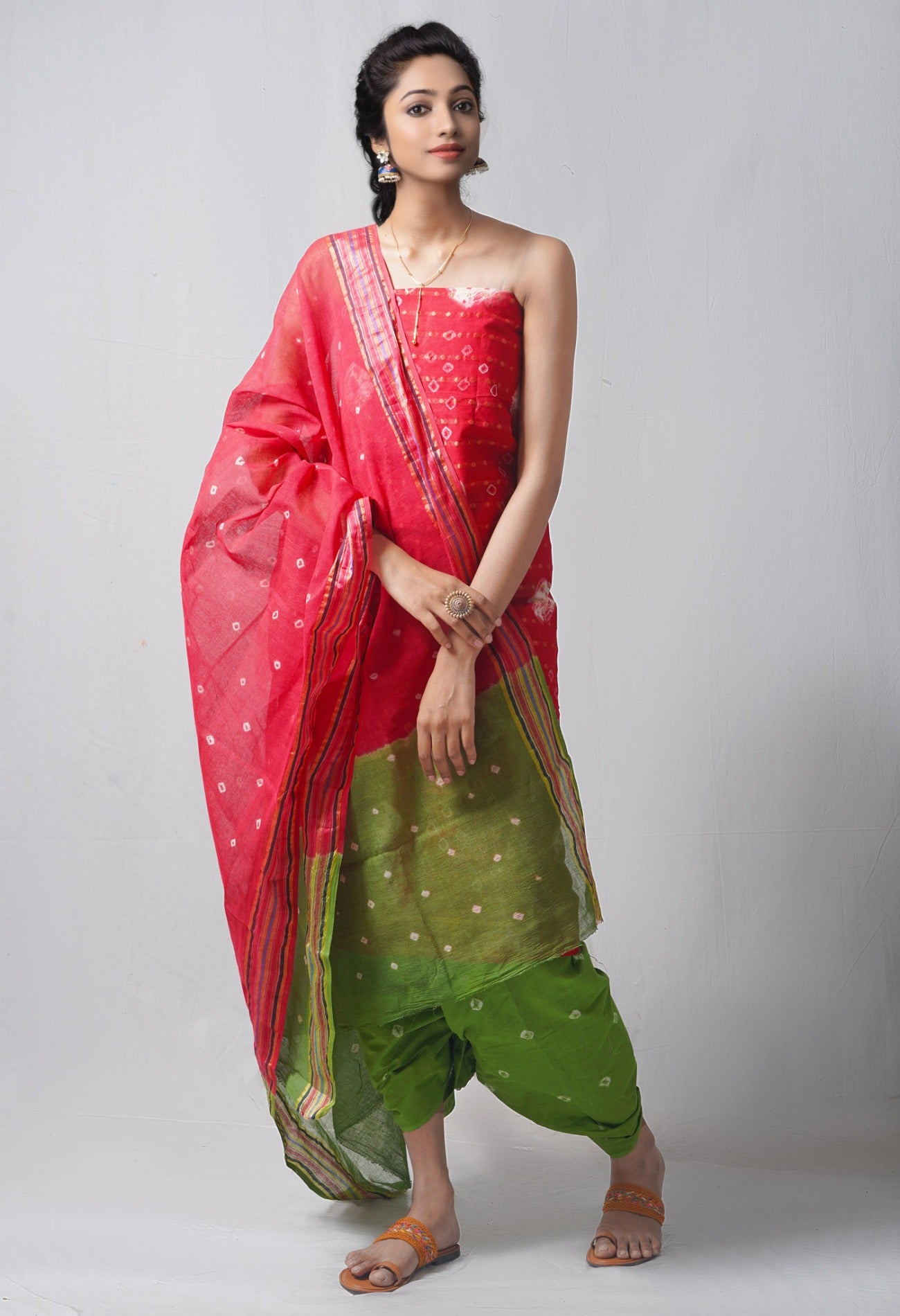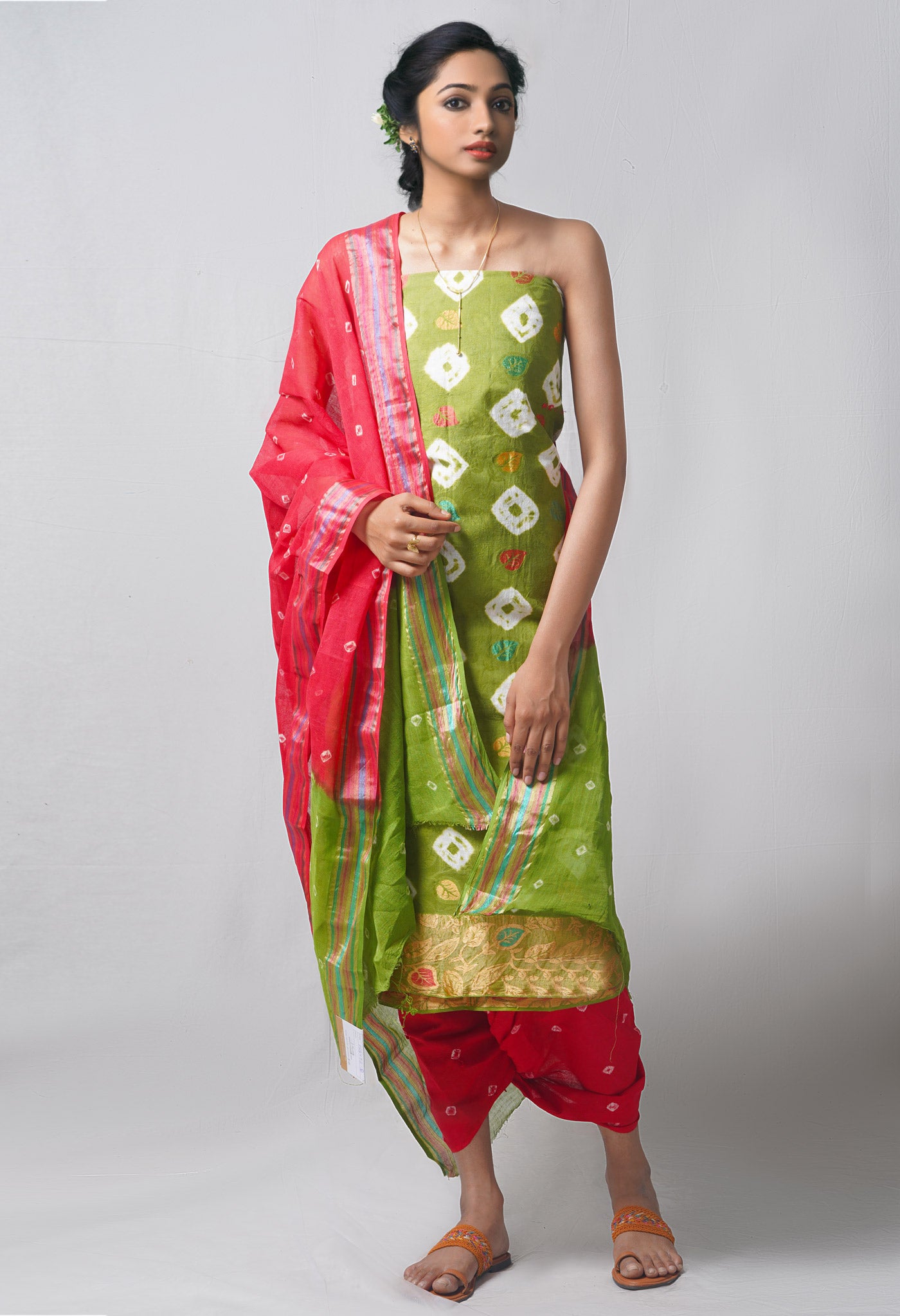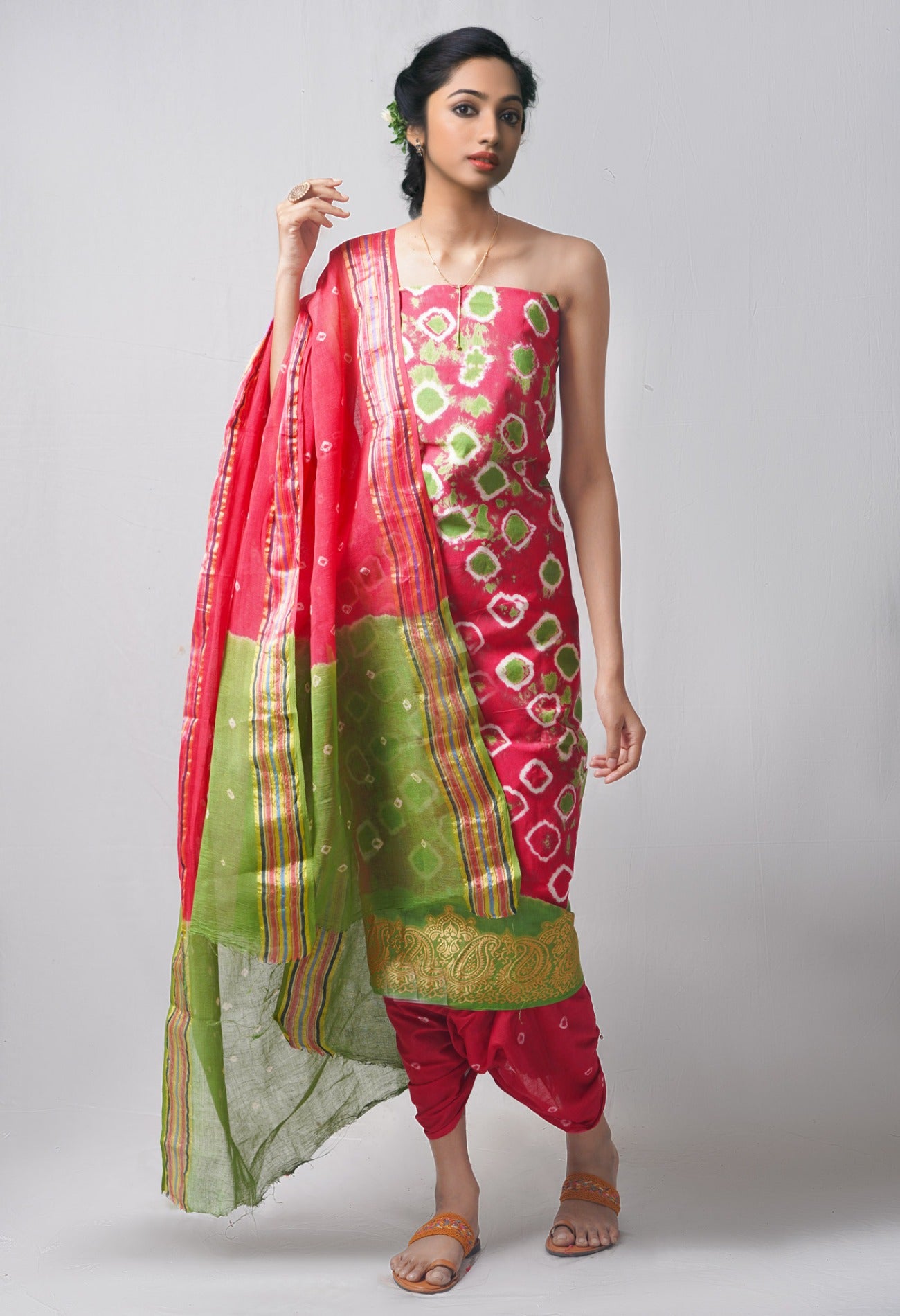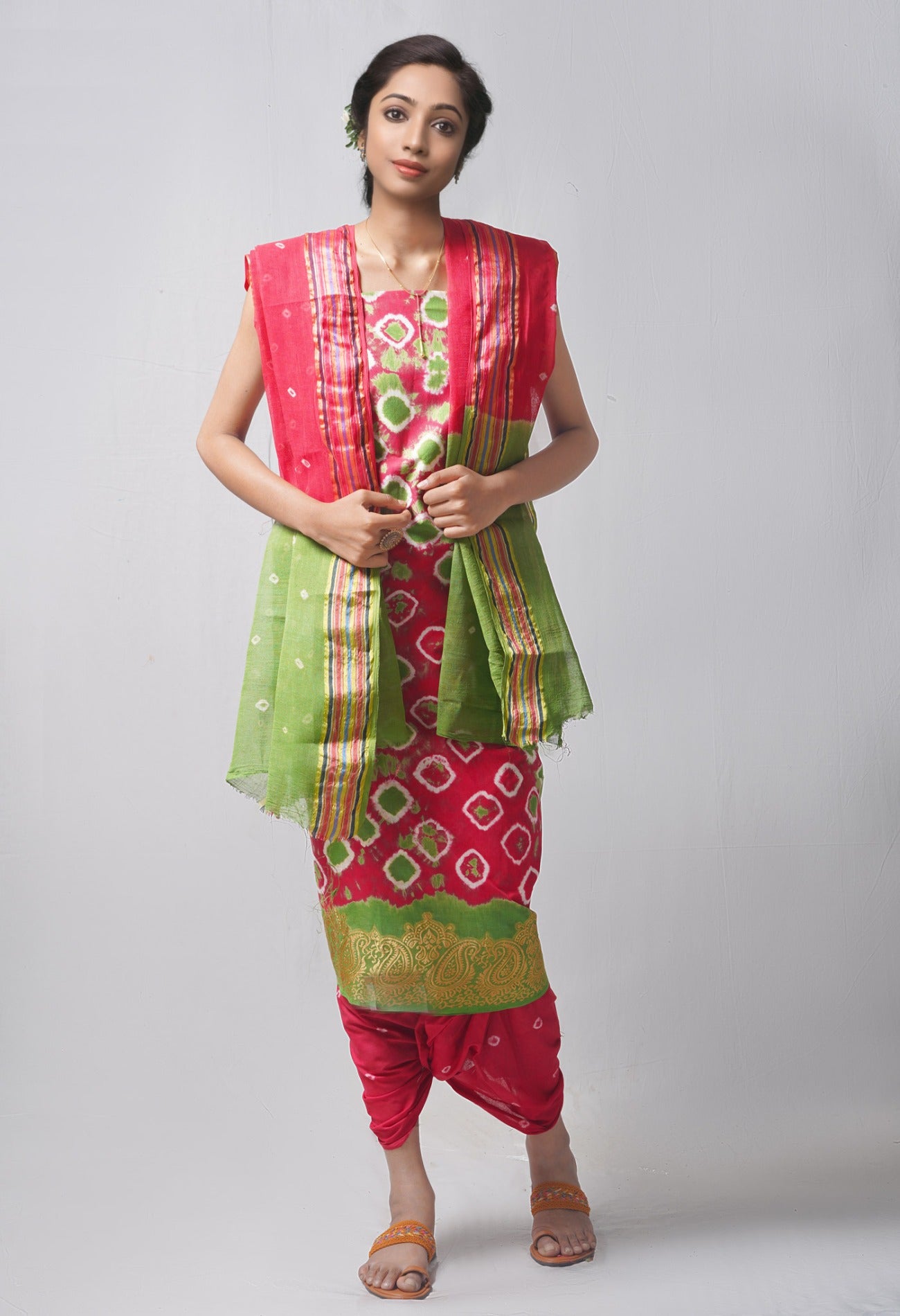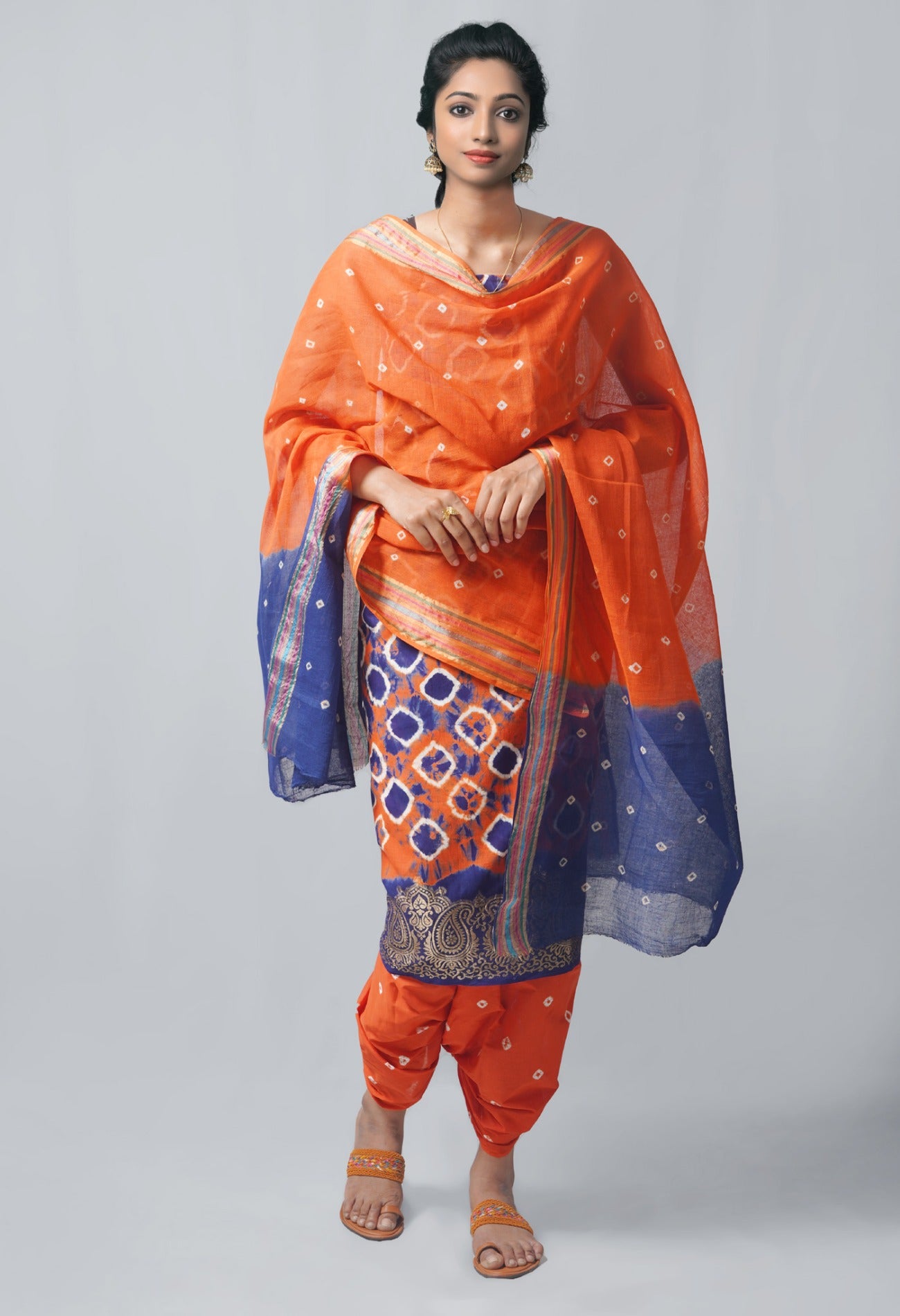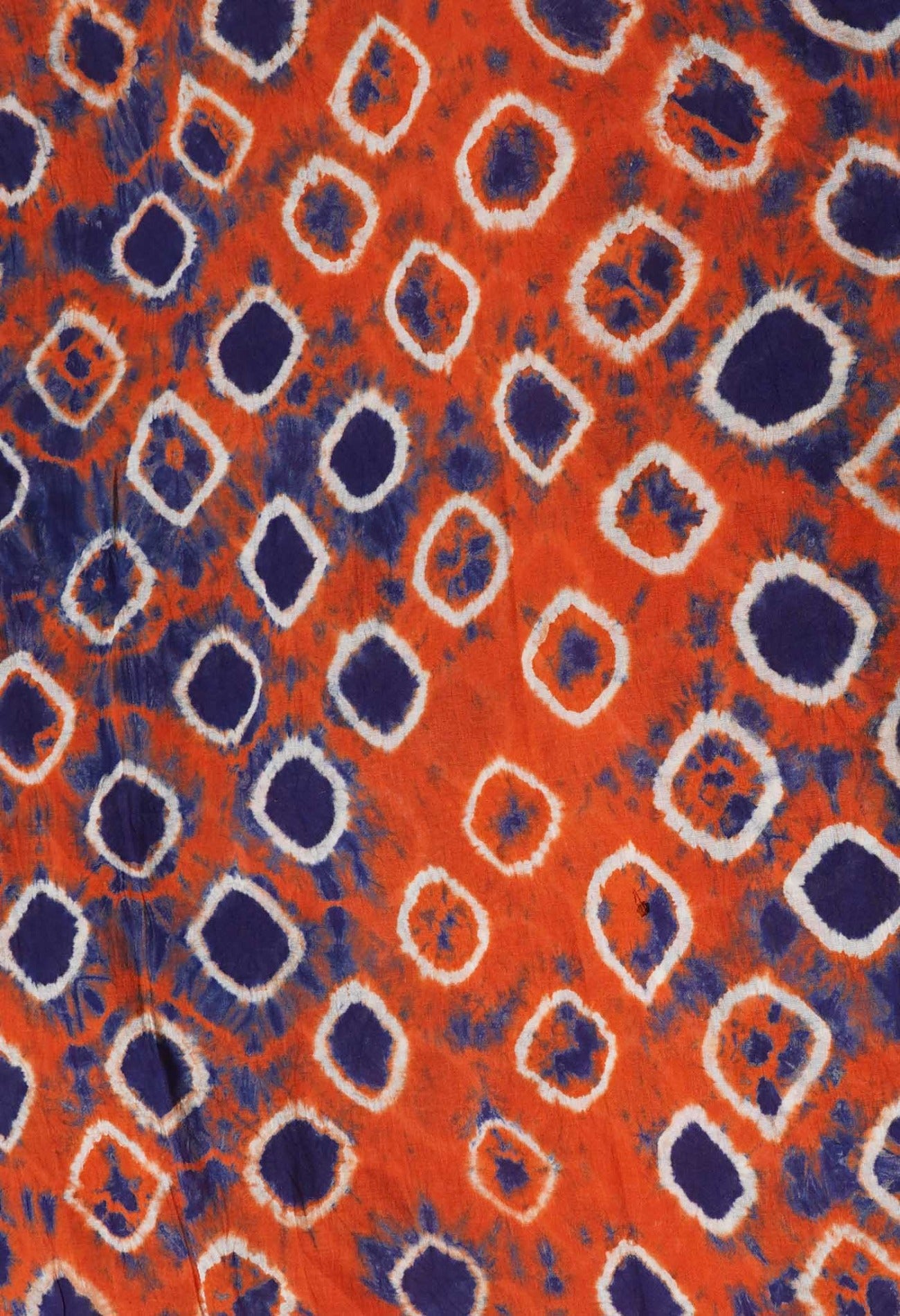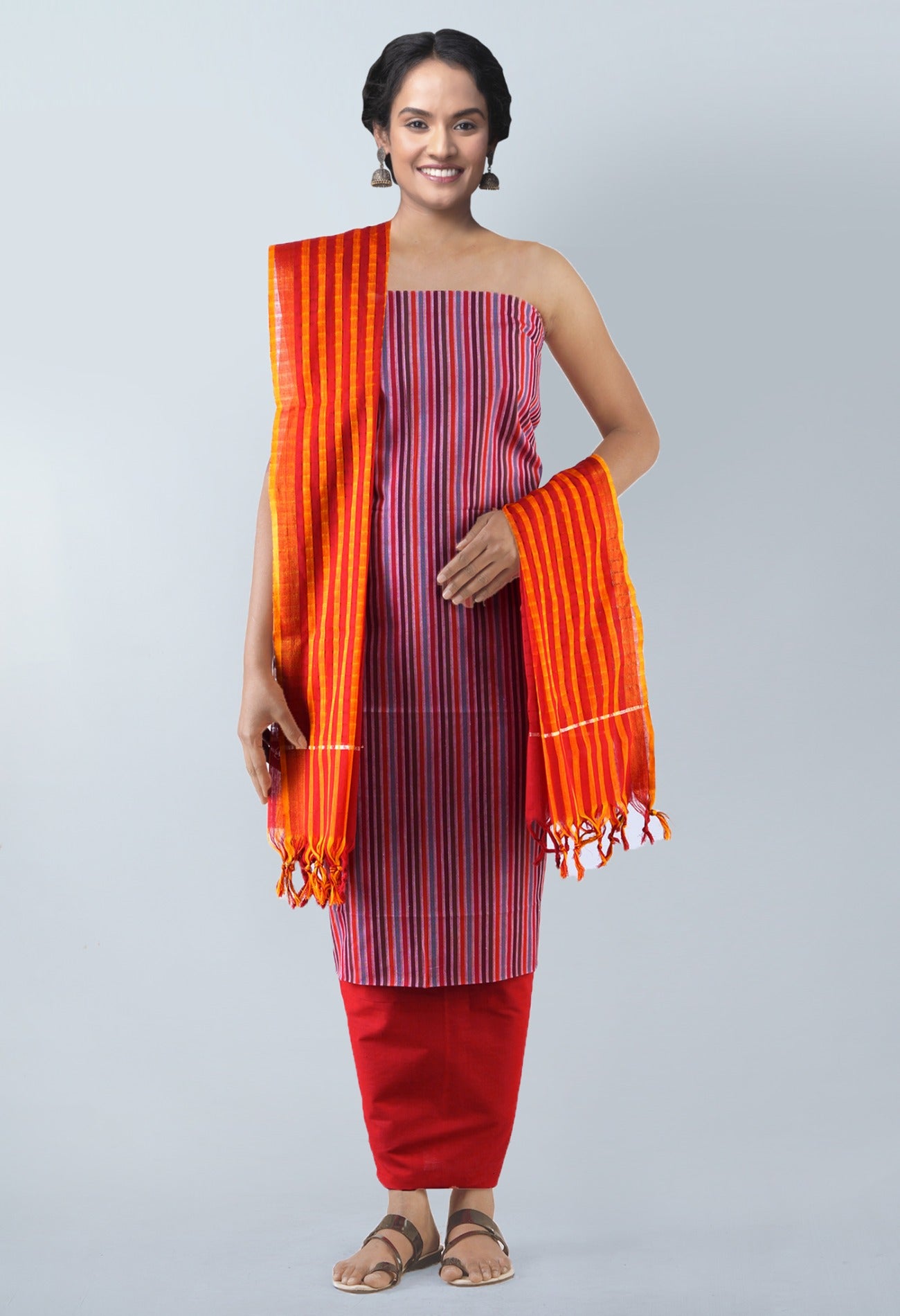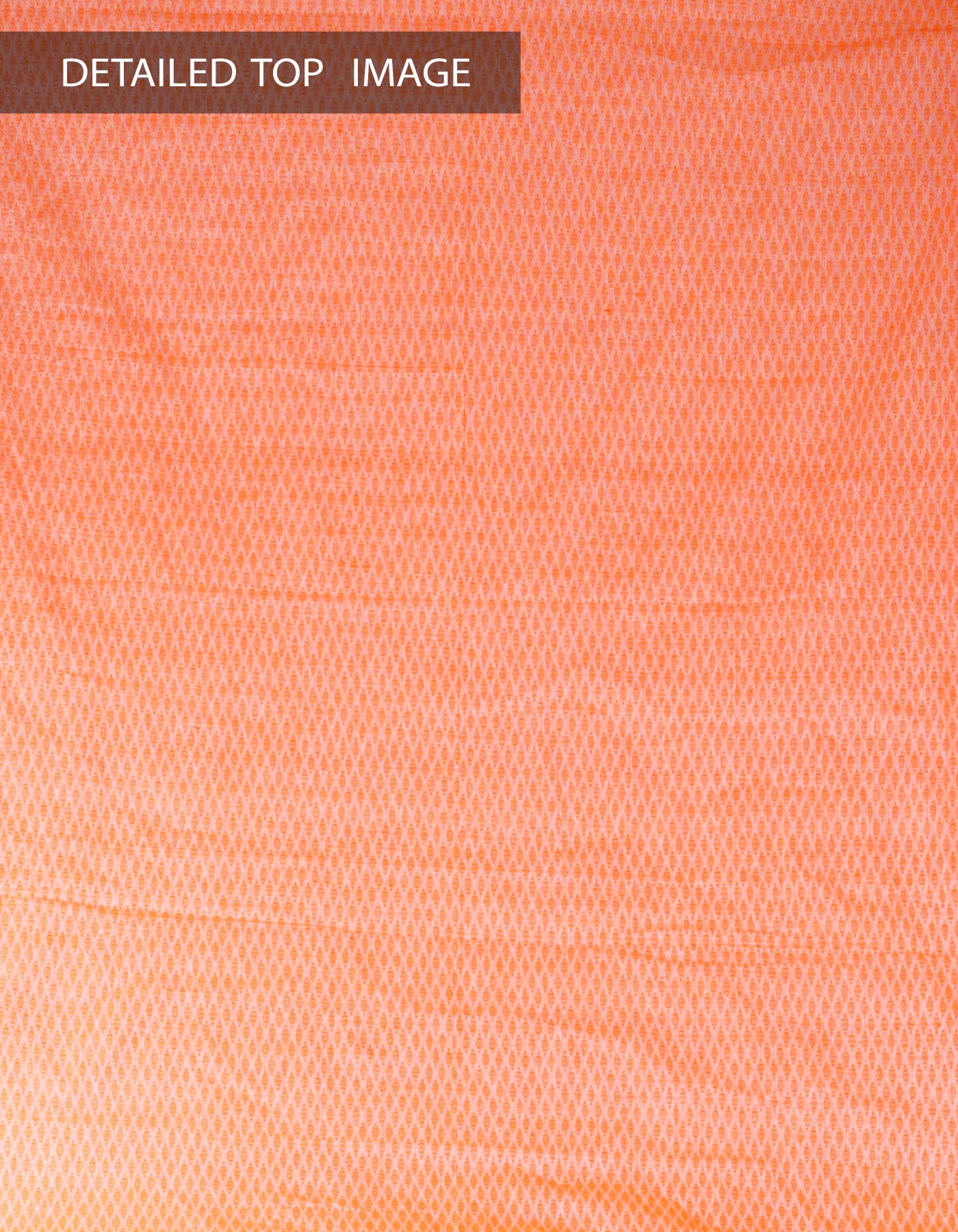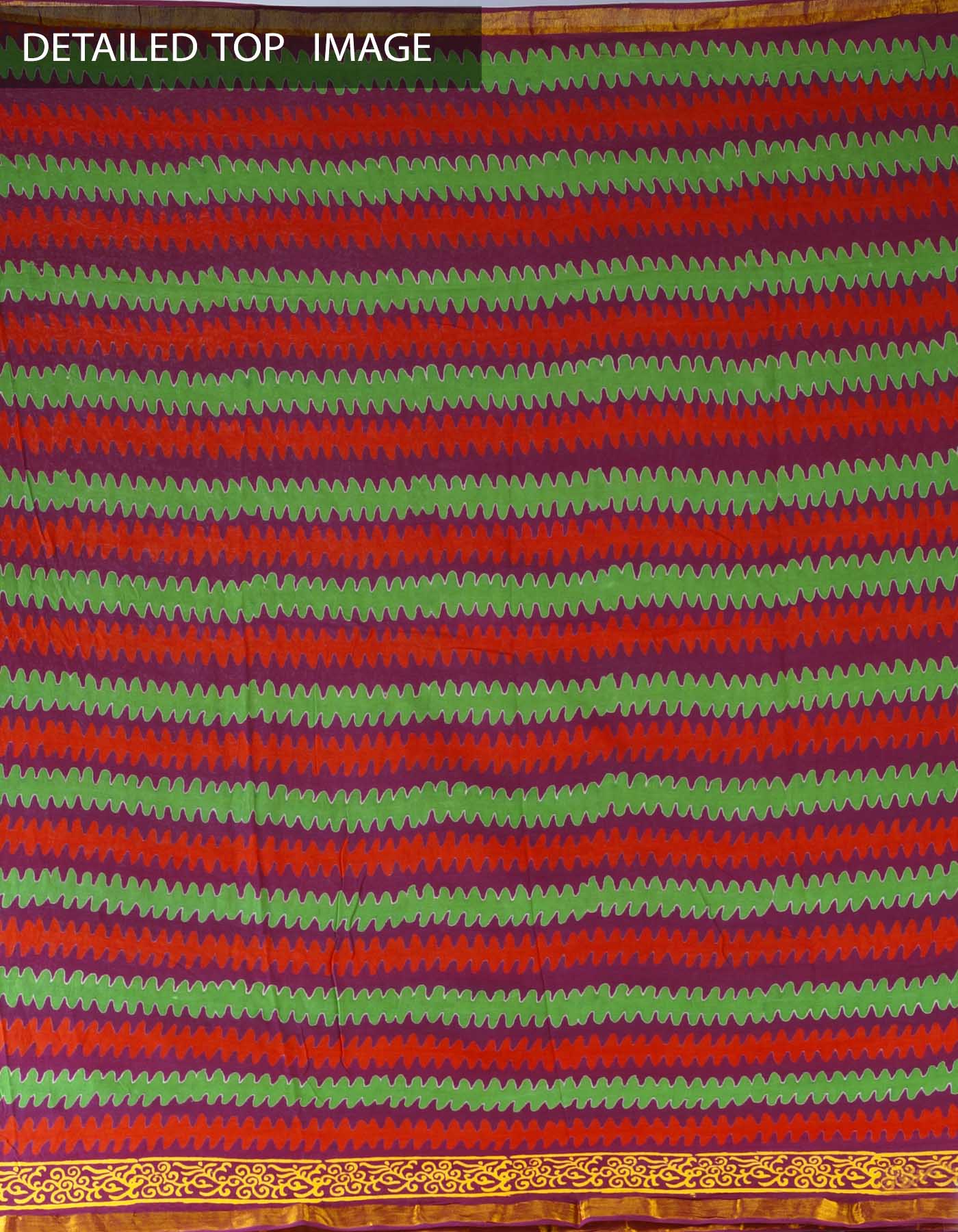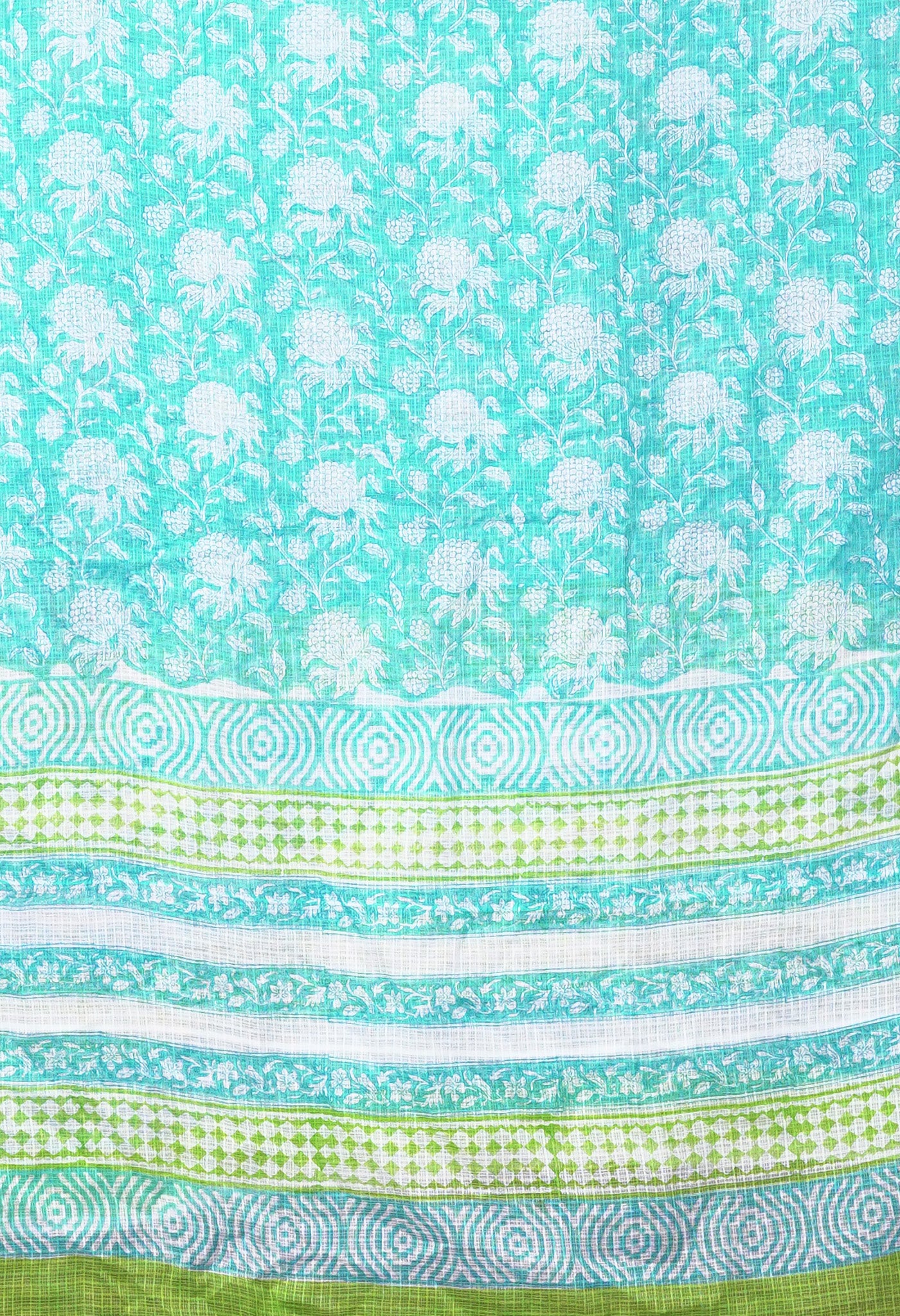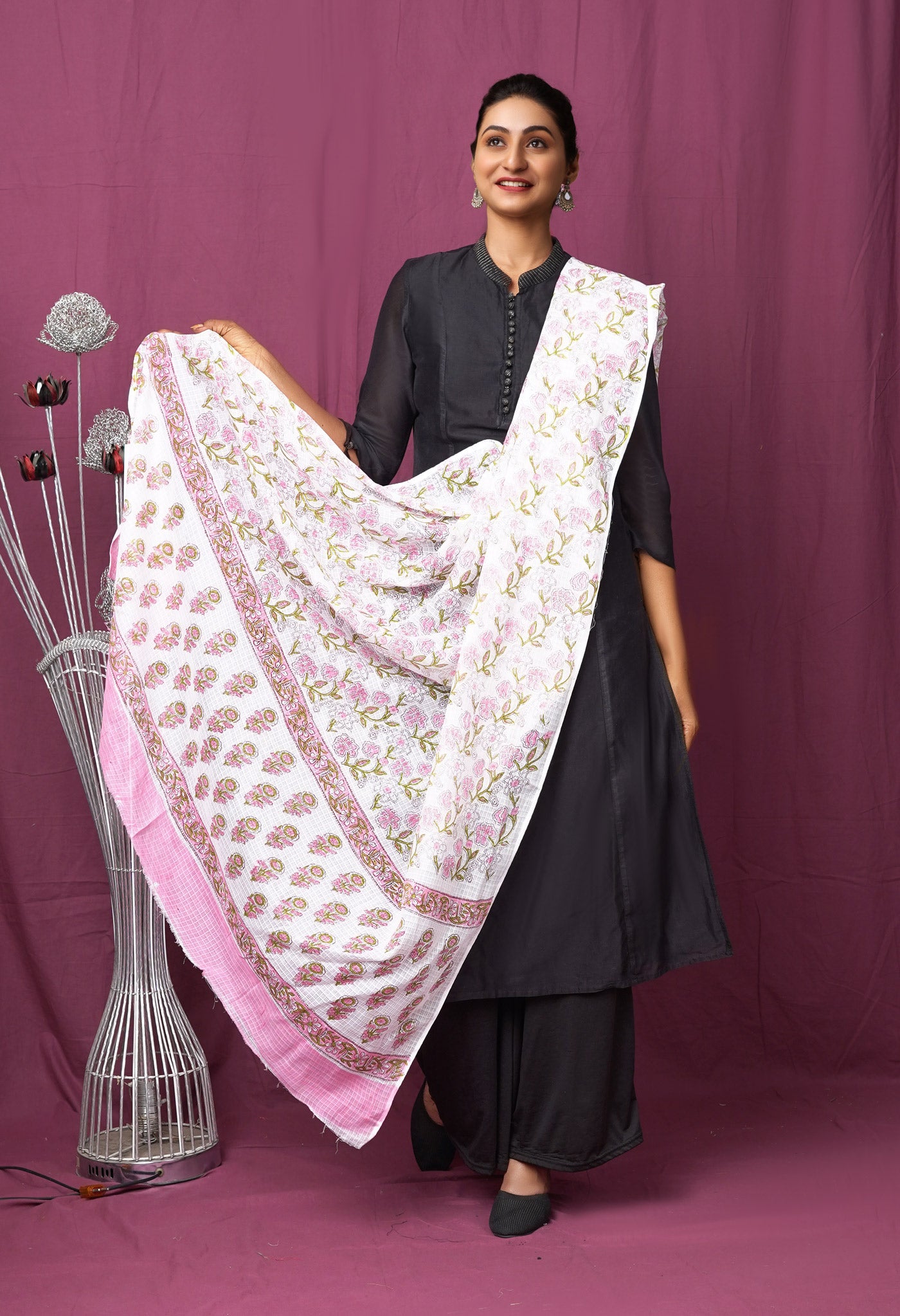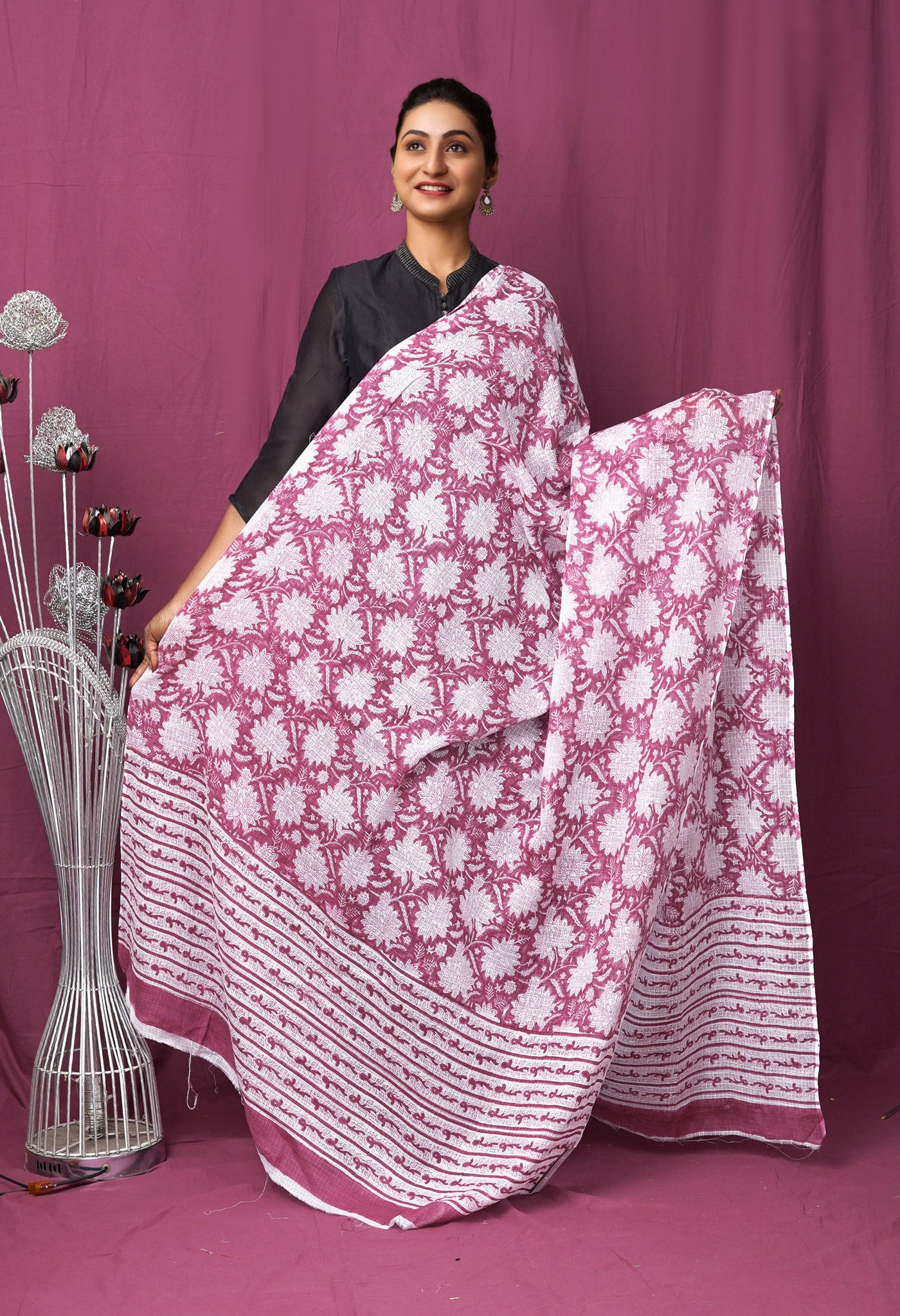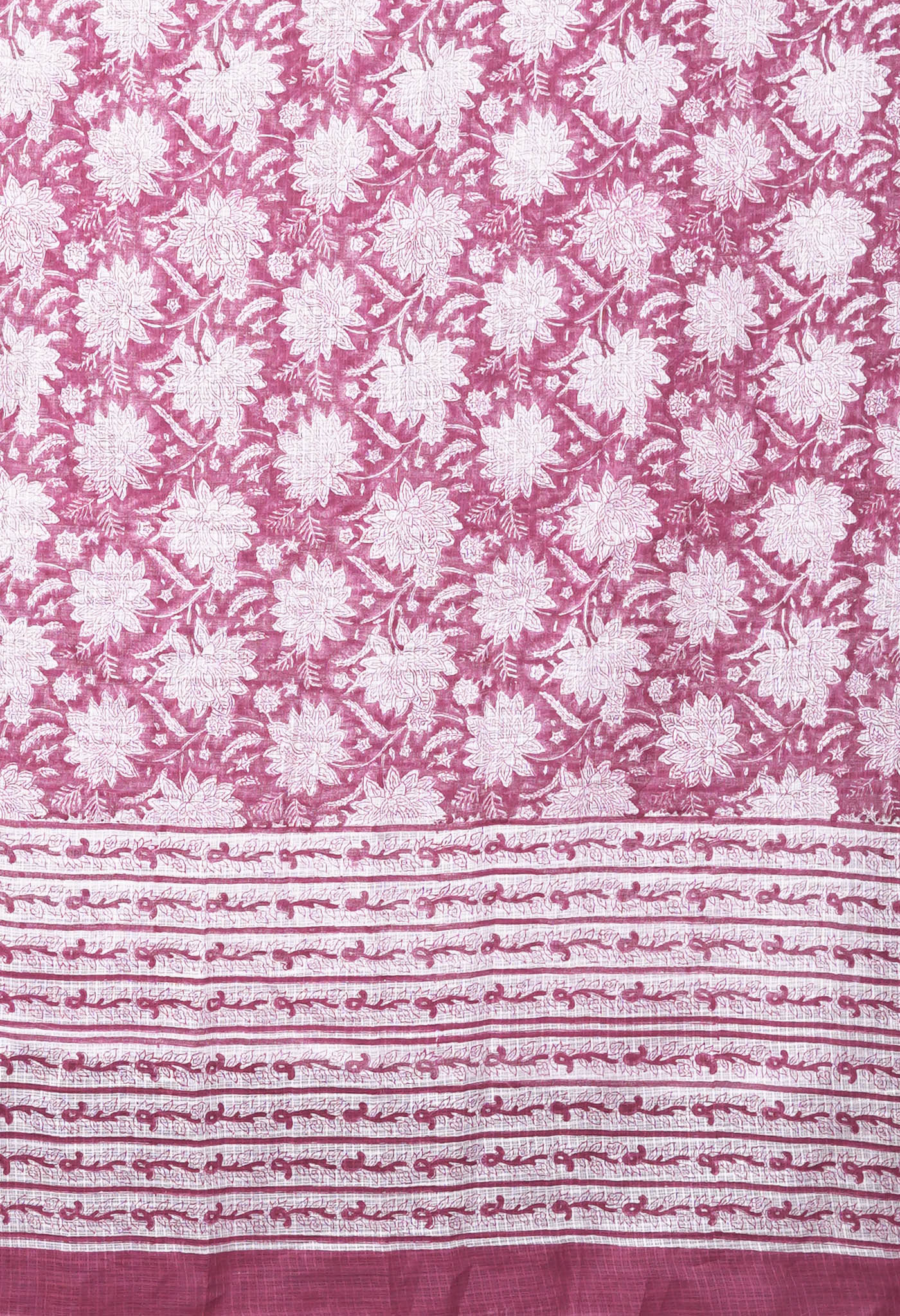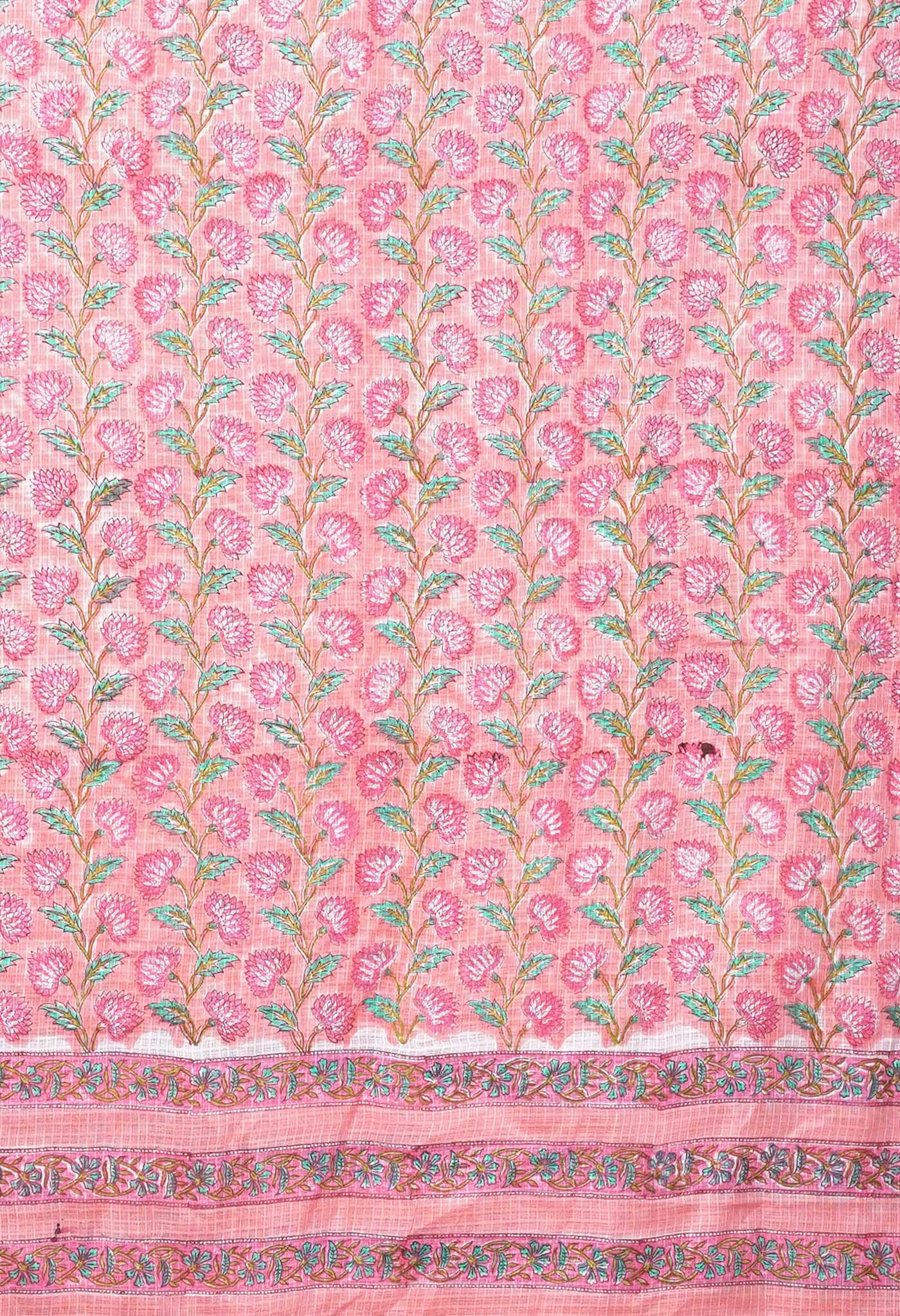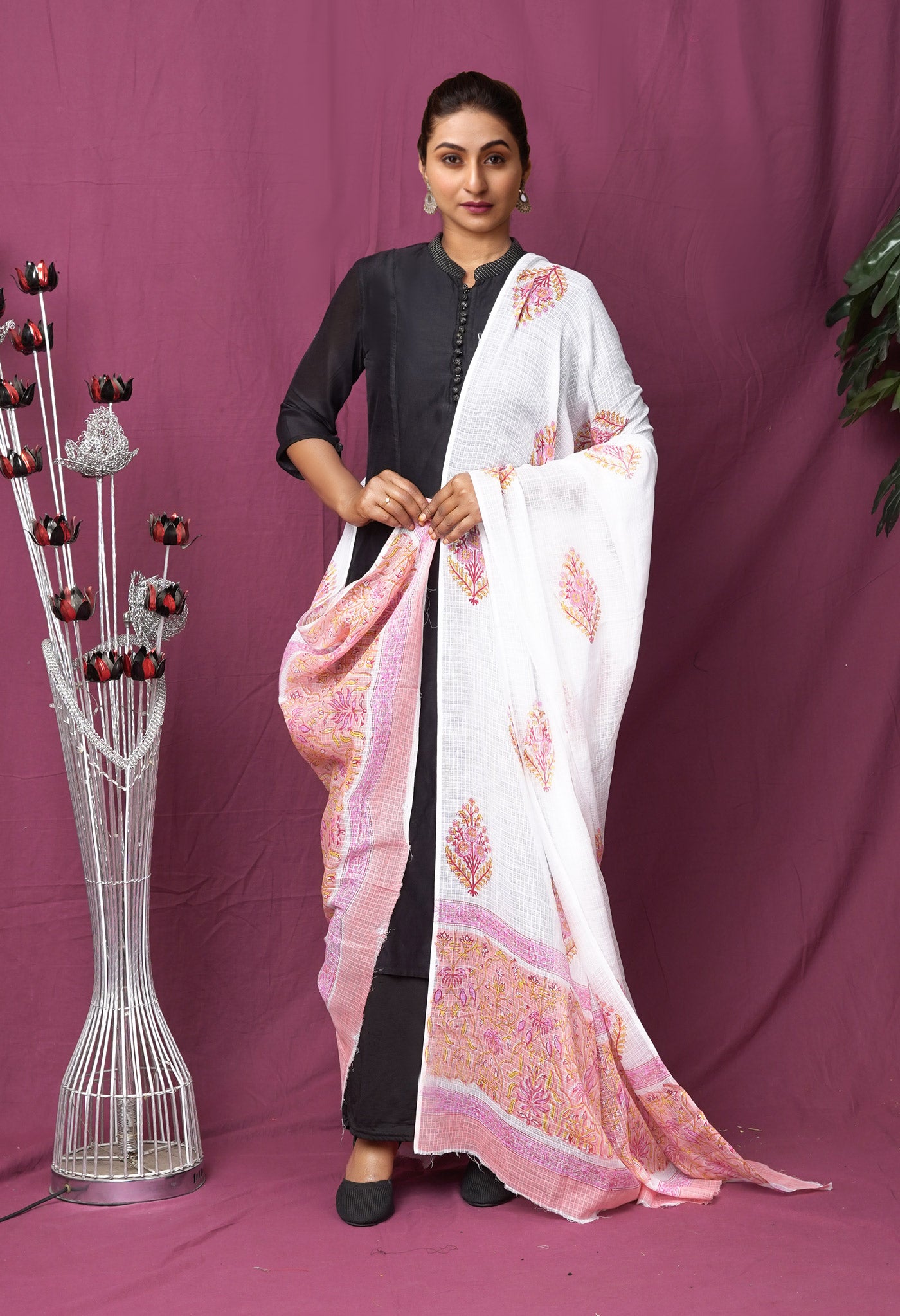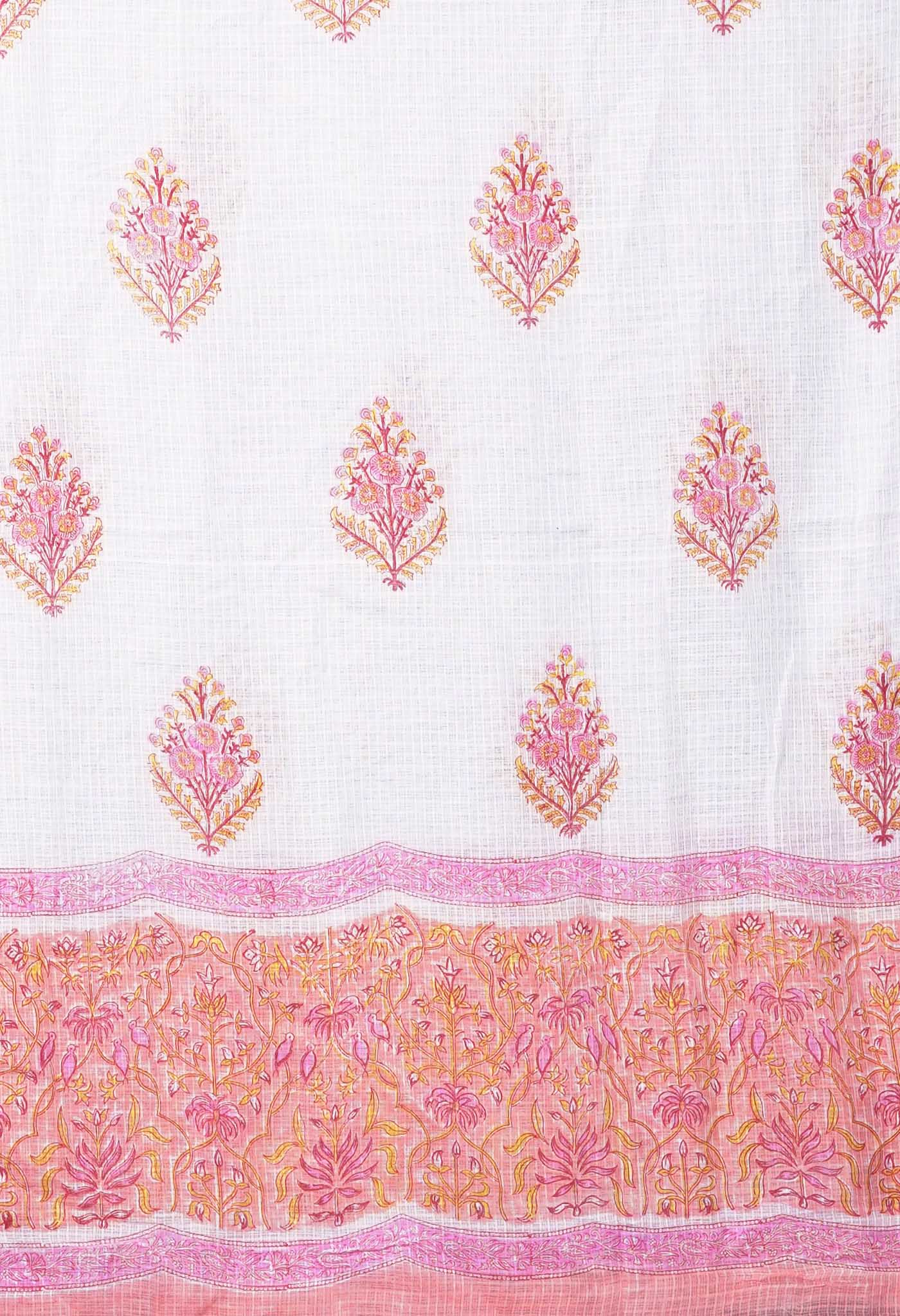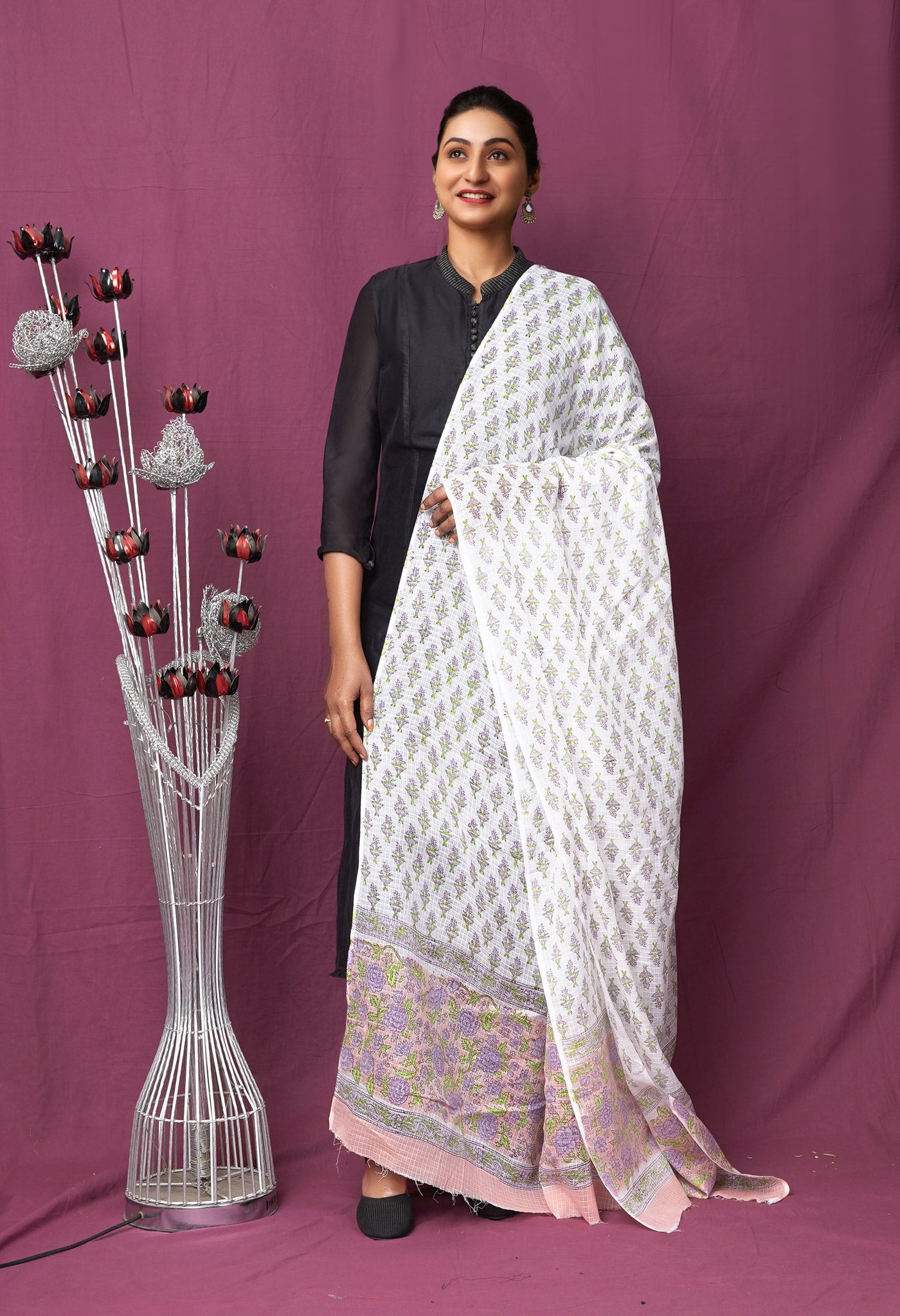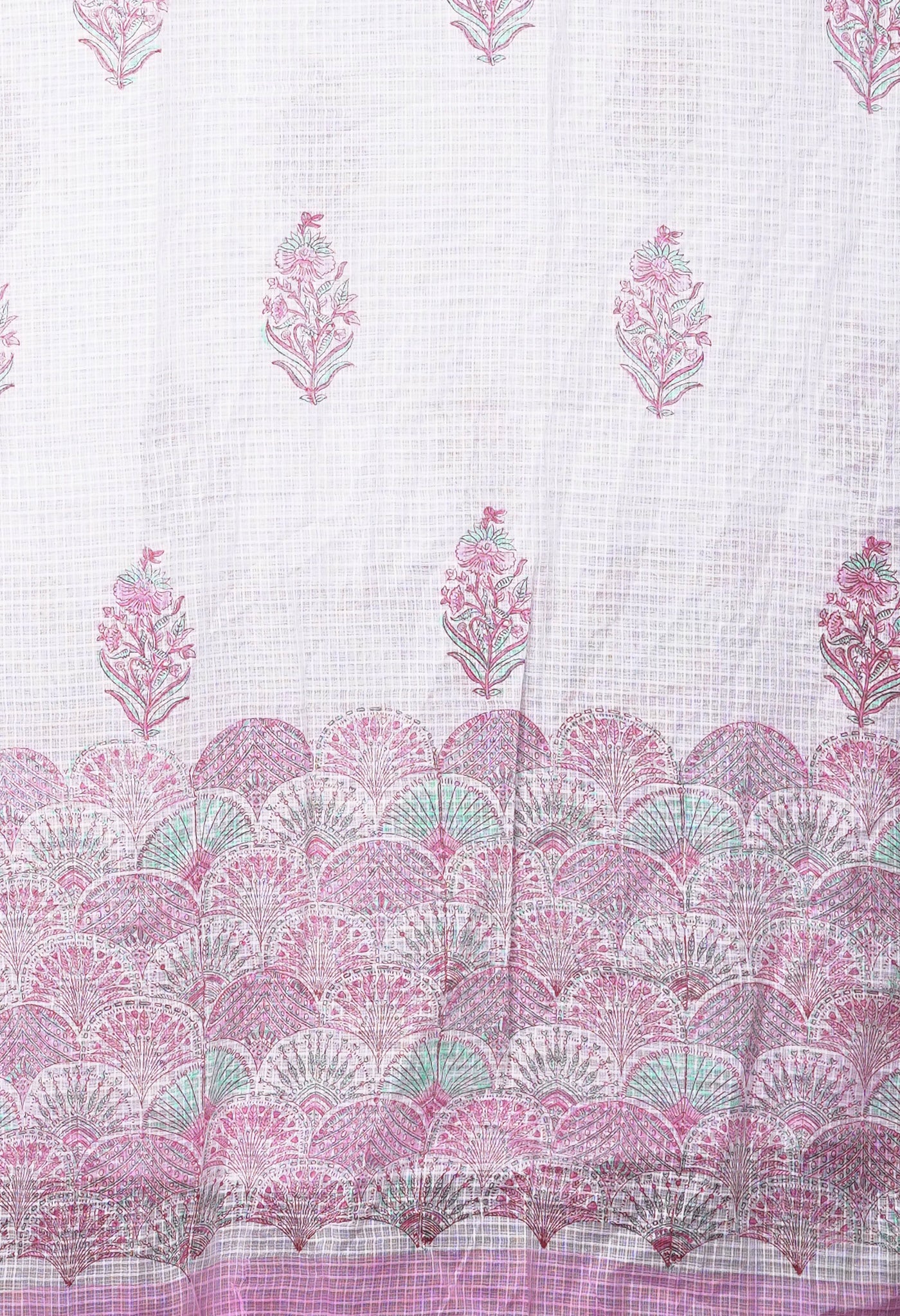
Rajasthani Kota's - The sensational desert charm

A traditional fabric offering from the land of the desert, Rajasthan, a work of pure silk and cotton known as the the ‘Kota Doria’, or Kota Handloom Saree, is a patient and devoted effort that yields exquisite outcomes.
Kota Doria has cotton in the warp and silk in the weft to yield a special combination that gives the binding strength of cotton and the lustre of silk. Fine textured, light and airy the Kota Doria sarees are translucent muslin fabrics, very comfortable to wear in hot climes.
Take the chequered weave of a Kota sari the popular pattern since age old times. The delicately wrought checks locally known as khats are generally of pure cotton with golden Zari threads woven in square patterns being a popular variety. Variations in borders and a whole array of bright colours and shades like pink, blue, saffron, orange etc. applied to traditional prints and beautiful embroidery work create stunning effects that make this fabric sensational.
as khats are generally of pure cotton with golden Zari threads woven in square patterns being a popular variety. Variations in borders and a whole array of bright colours and shades like pink, blue, saffron, orange etc. applied to traditional prints and beautiful embroidery work create stunning effects that make this fabric sensational.
The Masuria Silks are grand affairs of pure silk, gold and silver threads or Zari. The Katan Pure Silk Weaves are adorned with beautiful Jaipuri prints, traditional motifs, fancy zari or printed borders, exquisite embroidery work on the pallu, making them an exclusive must-have.
Other worthy creations are designer Kota Katan Silk Saree richly woven in Meena work and with suitable accompaniments and the Dabu block prints on Stylish Kota Sari
The speciality of the Kota Doria apart from the fineness of the weave lies in the colour usage and combinations.
 You could have light and vibrant colours with tested zari borders. There could be deep colours on the silk and cotton fabrics with dramatic eye-catching broad borders suited for evening and office wear. Then there could be floral and vine motifs all over in gentle colours with attractive patterns and designs on the border and pallu (end piece). Alternatively we could see alternate stripes of gold and silvger on the borders and horizontal stripes across the pallu, rich and appealing for traditional festivals and social functions. Then there is the jazzy eye-catching type, where pure silk kota dorias in vibrant colours could have contrast borders and designer pallus.
You could have light and vibrant colours with tested zari borders. There could be deep colours on the silk and cotton fabrics with dramatic eye-catching broad borders suited for evening and office wear. Then there could be floral and vine motifs all over in gentle colours with attractive patterns and designs on the border and pallu (end piece). Alternatively we could see alternate stripes of gold and silvger on the borders and horizontal stripes across the pallu, rich and appealing for traditional festivals and social functions. Then there is the jazzy eye-catching type, where pure silk kota dorias in vibrant colours could have contrast borders and designer pallus.
There are certain distinctive features that stand out in the genuine Kota Doria.
– while the whole fabric is soft to touch there are certain points that have a ‘serrated’ feel where the yarns are a bit closer
– Being handloom woven on traditional pit looms, the edges of the fabric are slightly uneven and noticeable.
– this gets compensated by the extraordinarily smooth texture of the woven motifs that do not have loose ends on their back side, making them virtually durable for the lifetime of the fabric.
– The initial and subsequent washes of the saree distinguish the real from the spurious. The genuine Kota Doria would have the Khats getting more and more pronounced.
– Made by handlooms, a knot here or a loose thread there after a time makes it the genuine stuff.
Initially woven in white, the saree is then dyed and washed separately in different colours one after the other. Where designs are involved you have the threads dyed in vegetable or azoic dyes prior to the weaving.
Woven on a traditional pit loom designed to produce check patterns on the fabric, the square shaped checks or ‘Khats’ are smeared with onion juice and rice paste to make the yarn strong and durable.
Cotton for the Kota Saree once came from Madhya Pradesh while the silk came from Karnataka. Today many other places supply  these fabric materials.
these fabric materials.
For the sake of economy, weavers take up three Sarees of the same design at a time. The setting-up of the threads is complicated and time-consuming and could take up to a day. More complicated the design, more the time taken for setting-up. It takes close to a week to complete three saris in the basic pattern.
Once upon a time these handloom sarees were woven in Mysore. The weavers subsequently migrated and settled in Kota, Rajasthan. Hence the name Kota-Masuria also.
The distinct square checks pattern of Kota Doria has been its brand hallmark. The GI registration under the Geographical Registration Act 1999 has been accorded in 2005 and is based upon this unique character on fabrics made in the geographical region of Kota.
There was a time when weaving was done mostly by women, while the dyeing of threads was taken care of by men. Over time almost everybody in the family got included to contribute their mite in the making of the Kota Doria.
 Kota Dorias are known for their light hues and vibrant colours that are like the fresh breeze from the desert. With enchanting motifs and mesmerizing floral block prints and the fine use of zari borders, the Kota cottons usher in a new wave of fashion that is attractive and enthralling.
Kota Dorias are known for their light hues and vibrant colours that are like the fresh breeze from the desert. With enchanting motifs and mesmerizing floral block prints and the fine use of zari borders, the Kota cottons usher in a new wave of fashion that is attractive and enthralling.
The Kota silks are even more spruced up with dynamic neon hues, enticing fusion patch borders of differing styles like the Chanderi Patch with the Sambalpuri border or the Banarasi patch borders with the Chanderi border on a designer floral spread, that make them highly sought after.
Kota Dorias have had a long journey in history and upto the present time. It has seen many changes and fashion designers have seen it as a fabric that offers large scope for innovation.
But its most endearing aspect is the weave quality that has remained the talk and boast of this traditional masterpiece.



